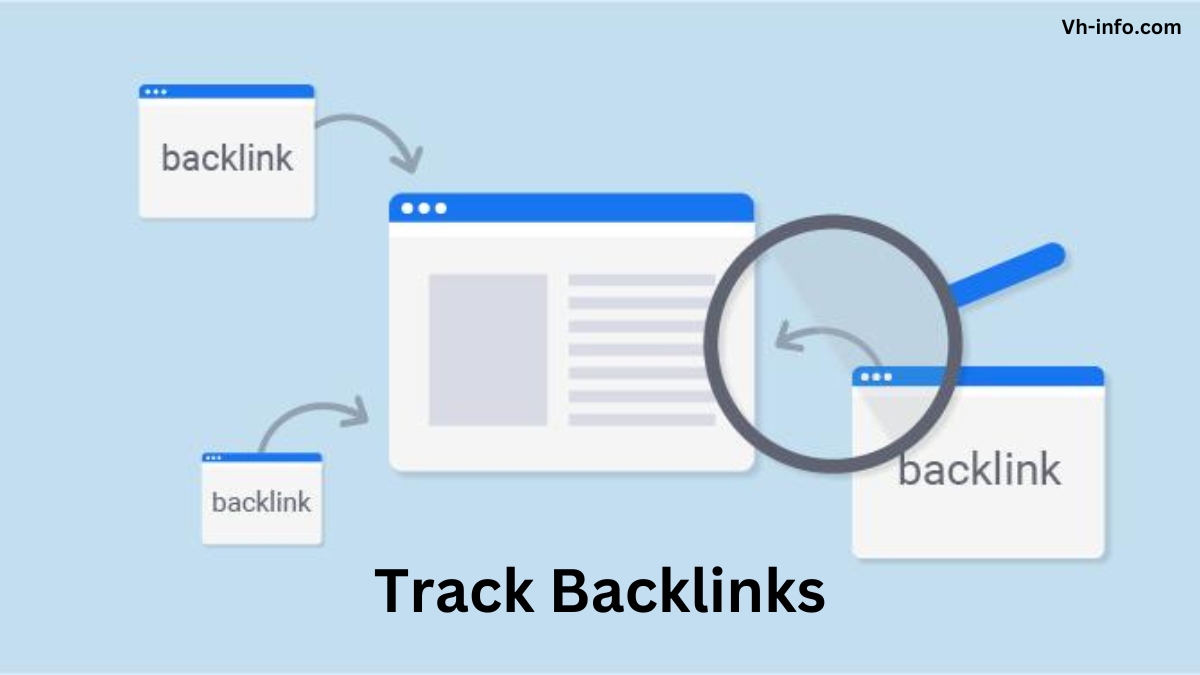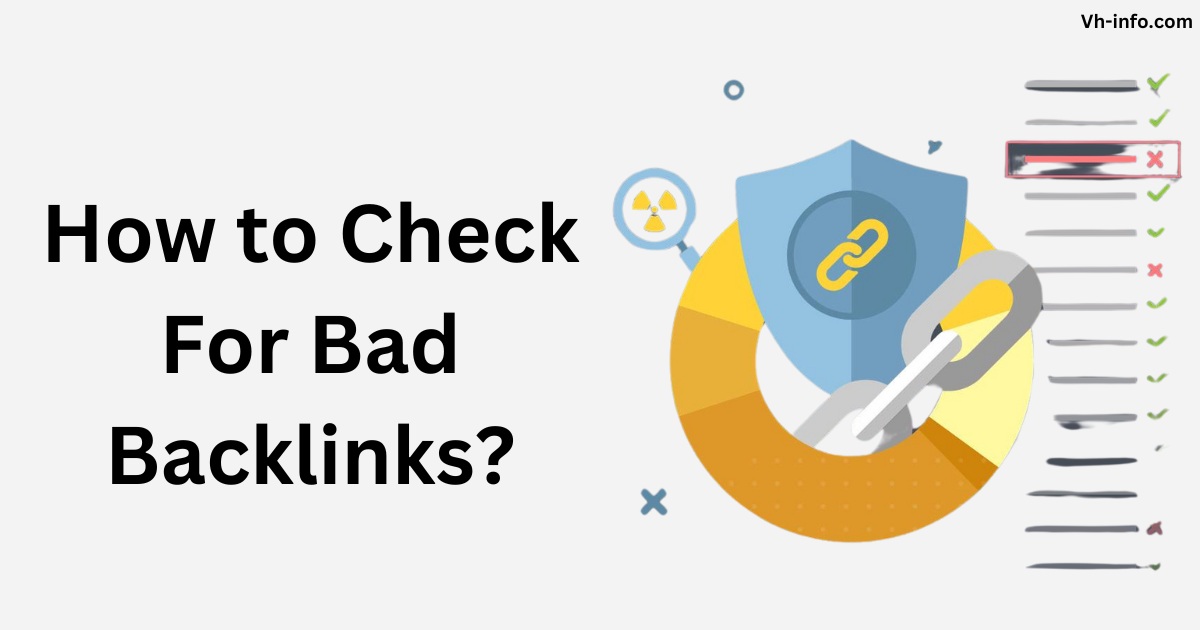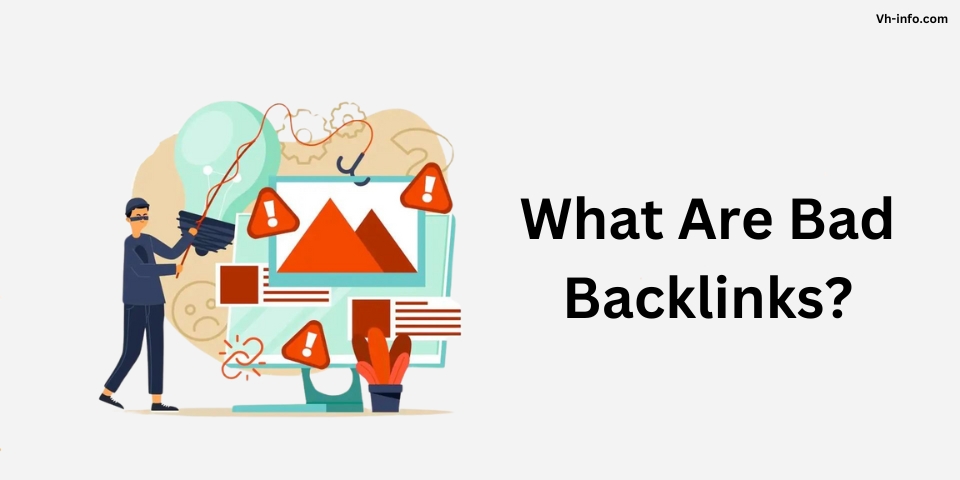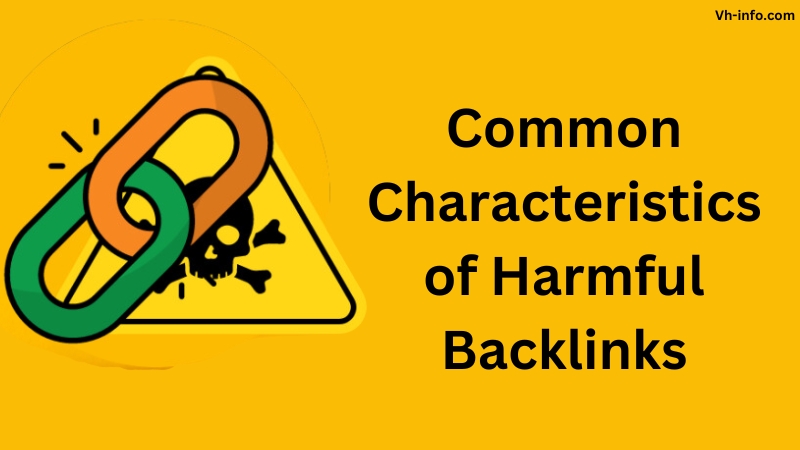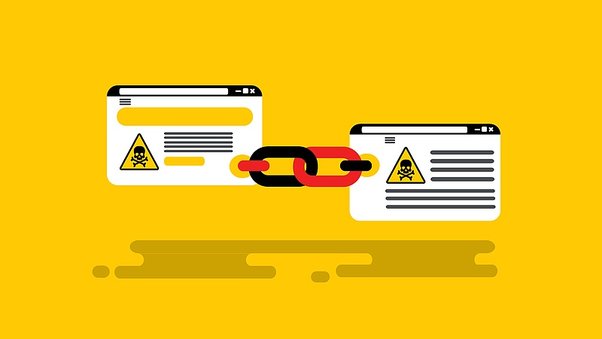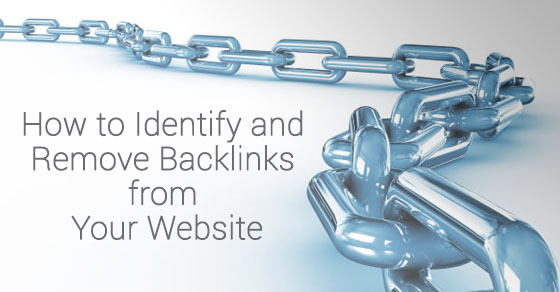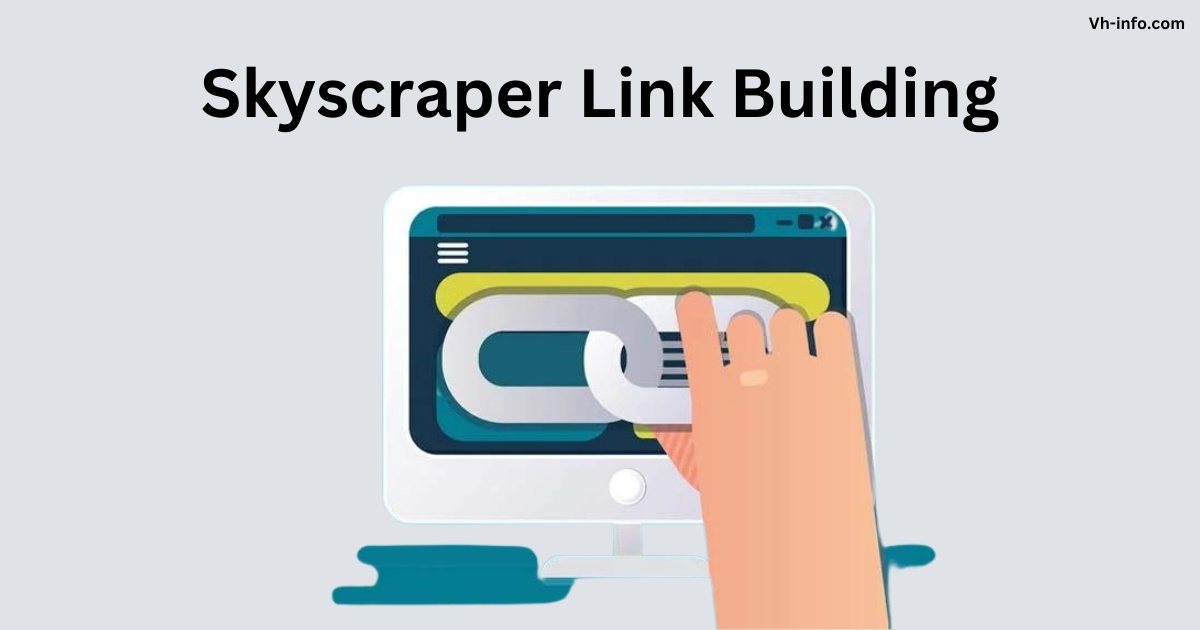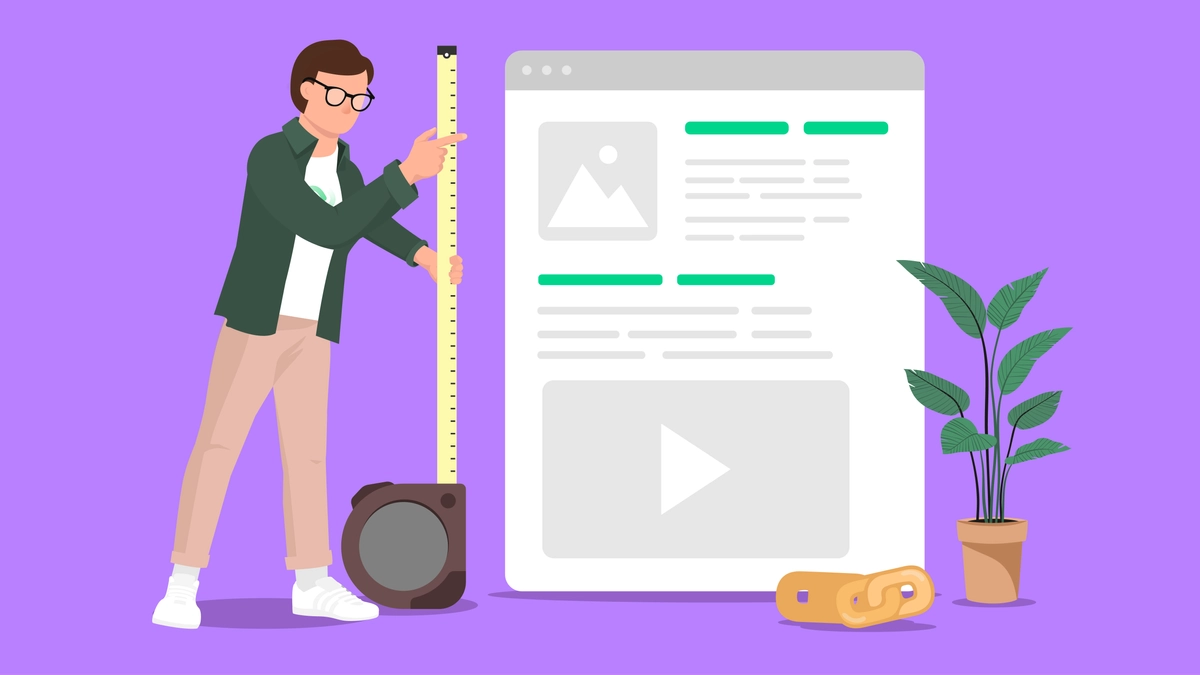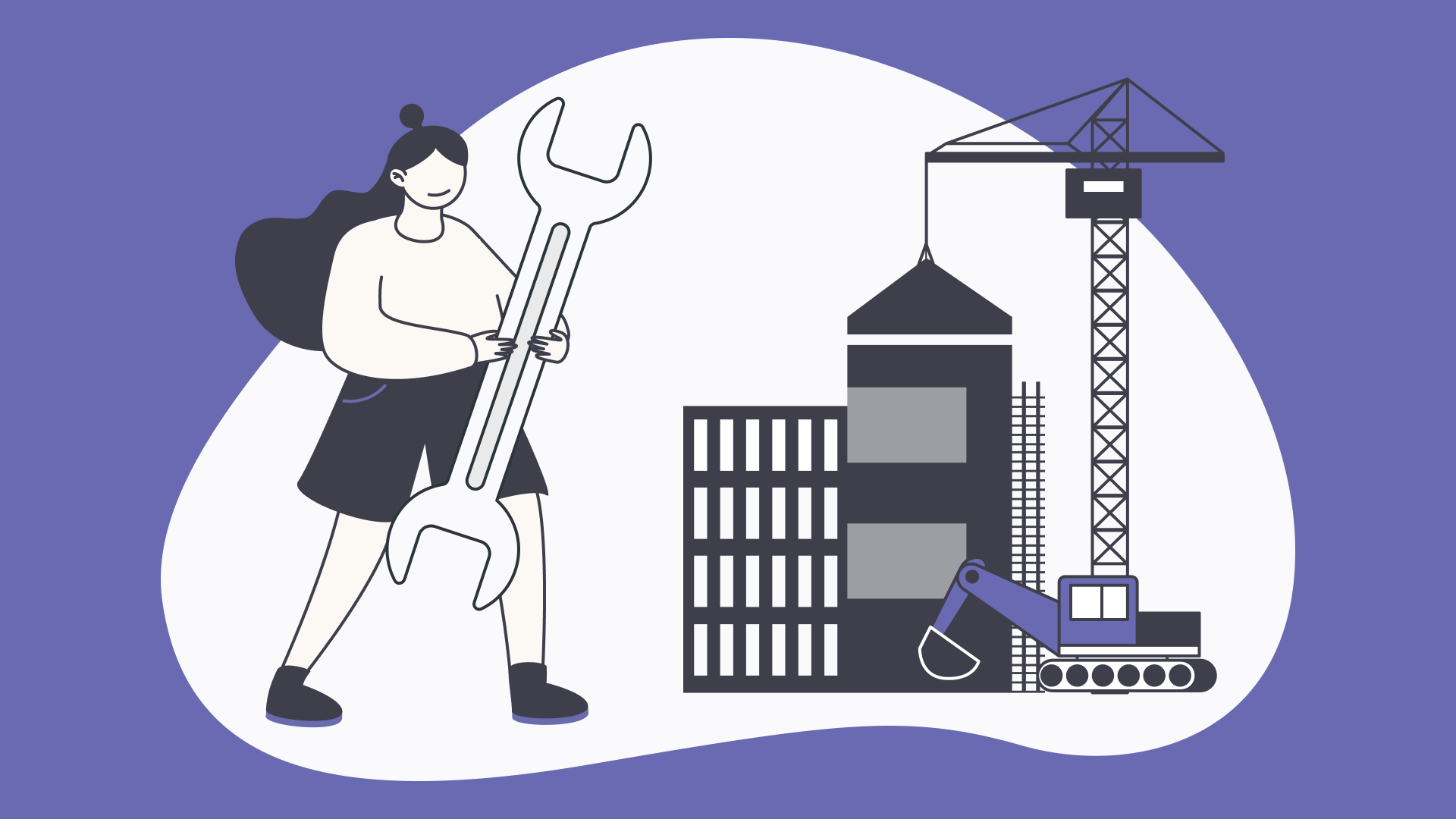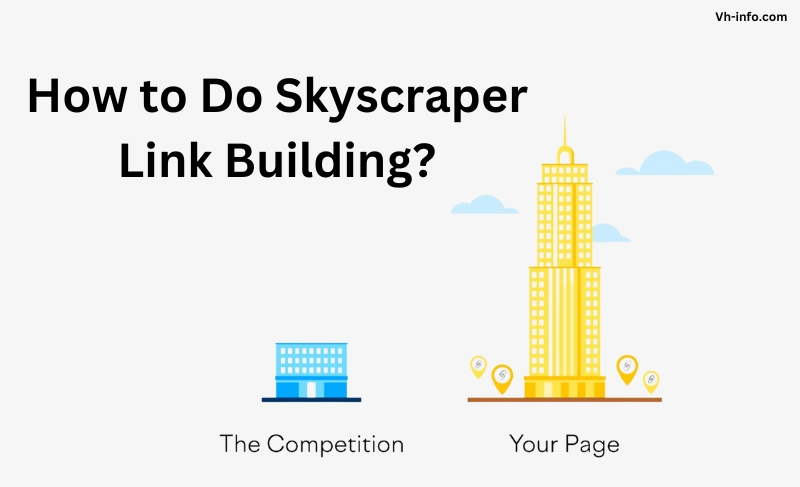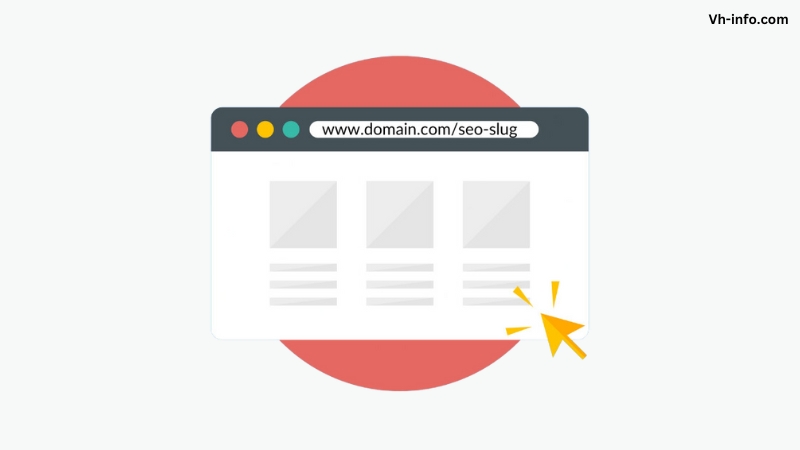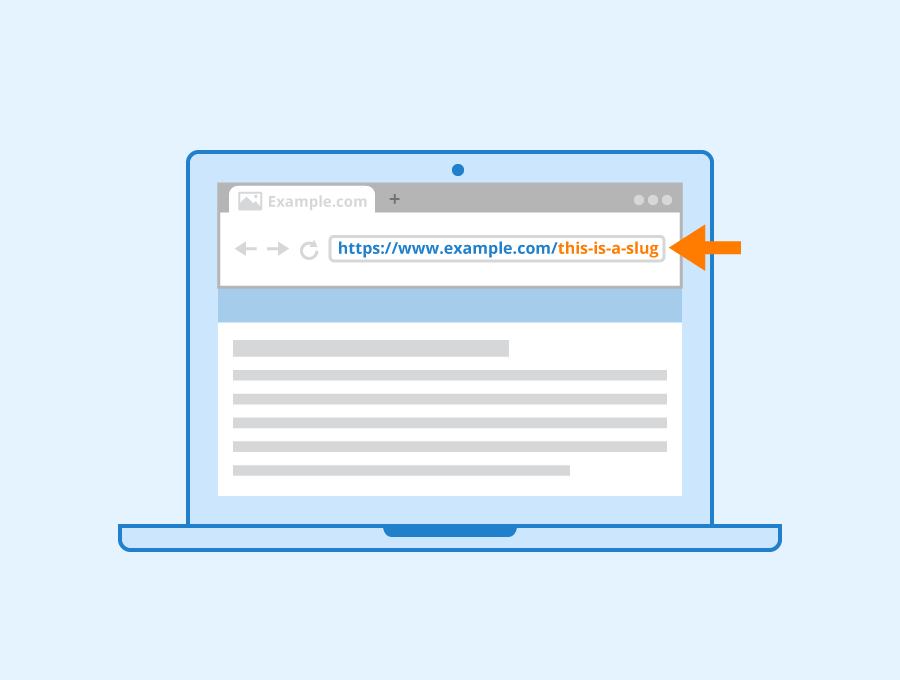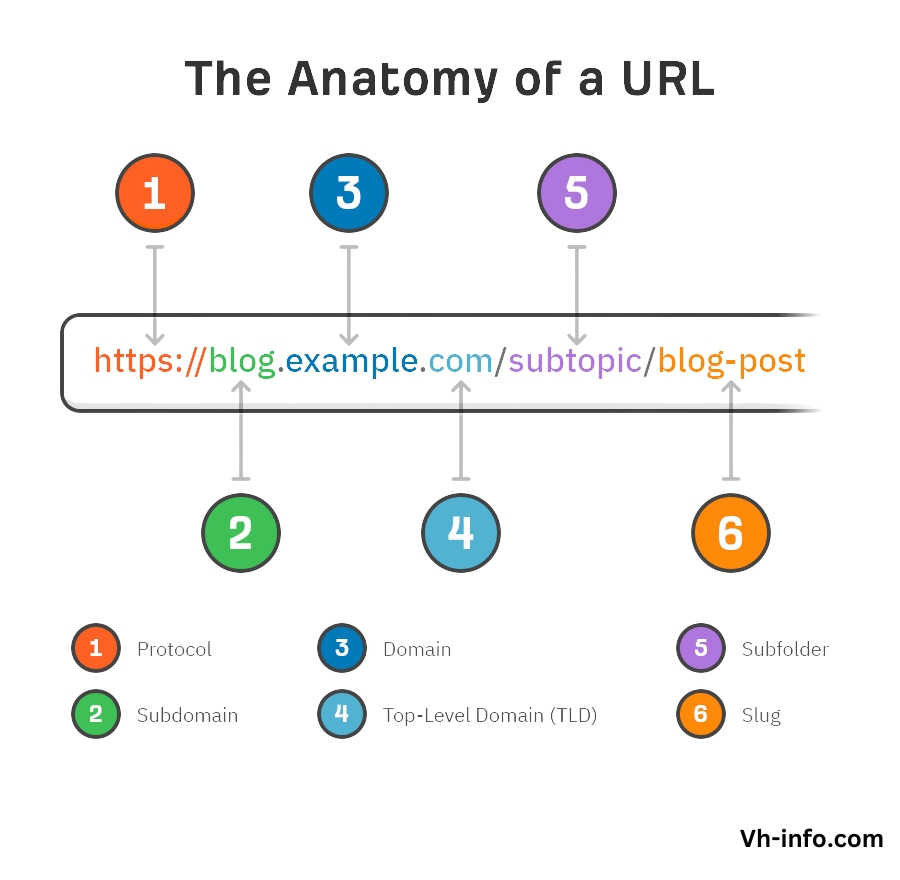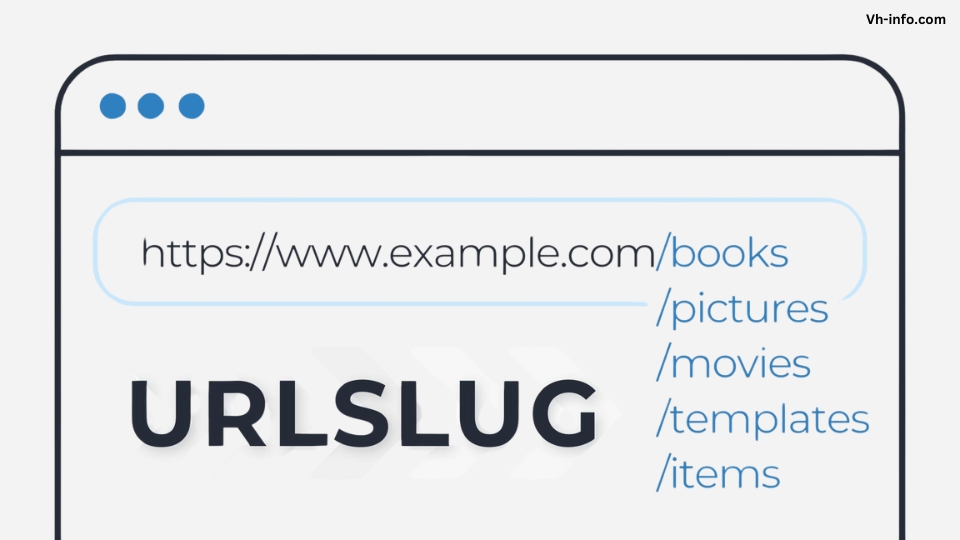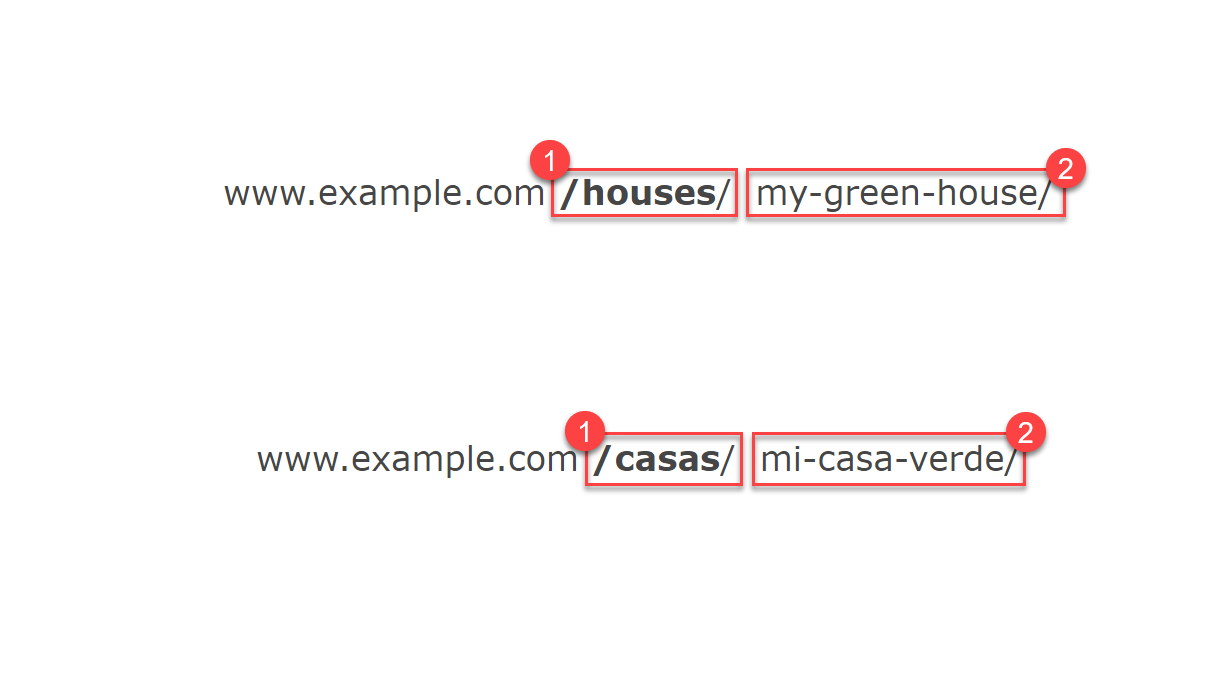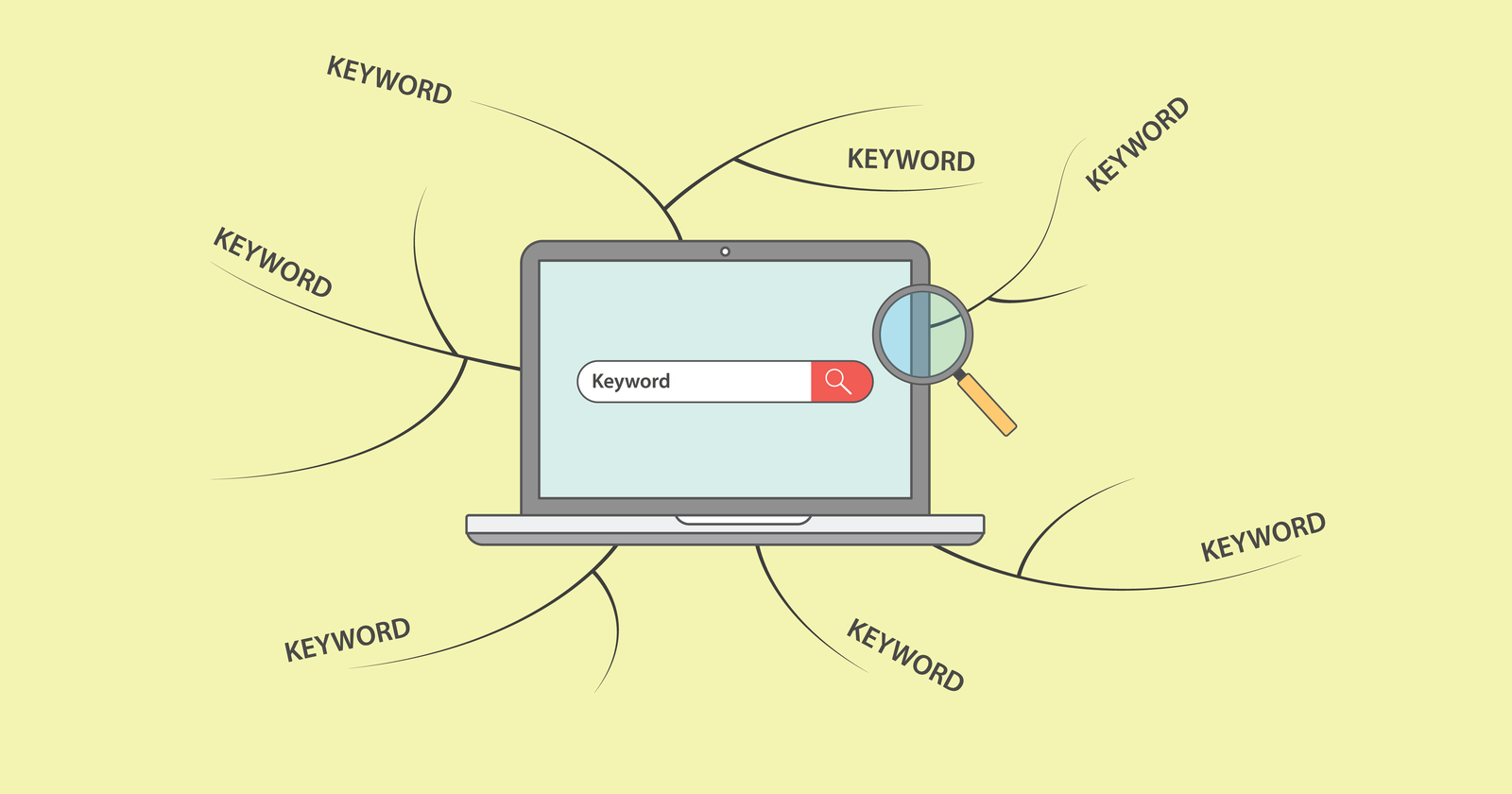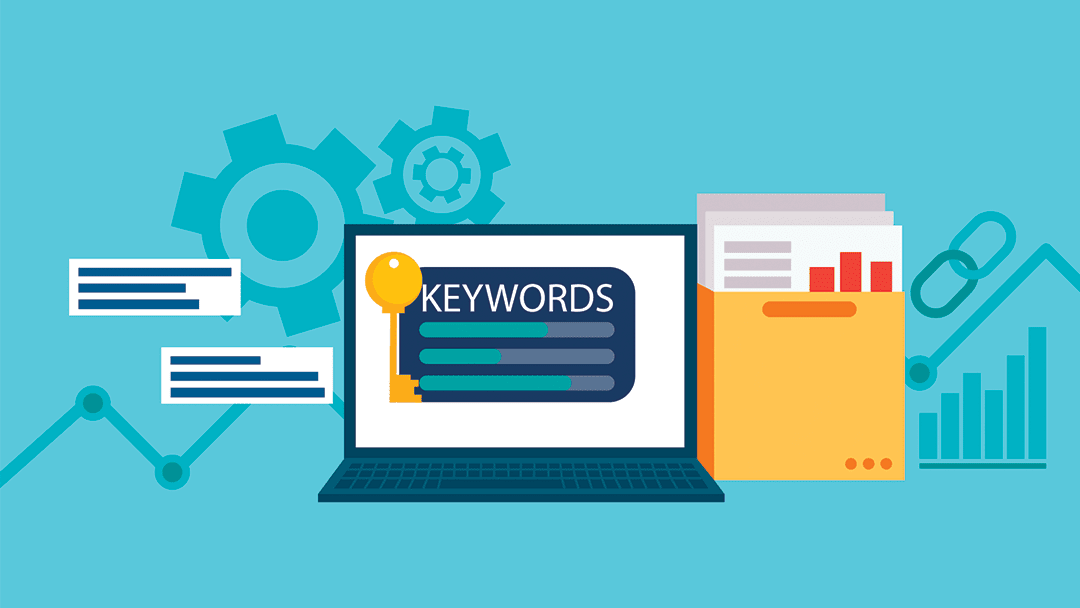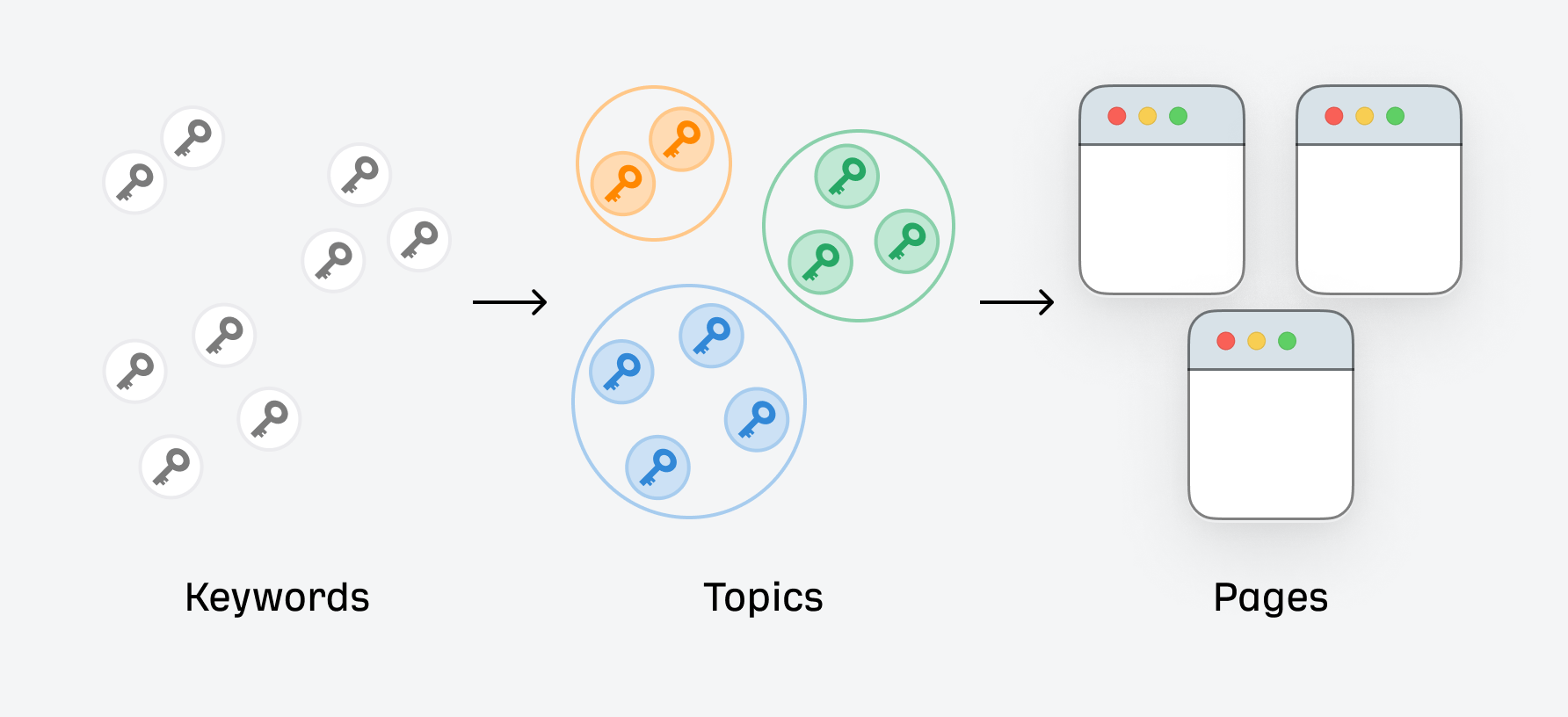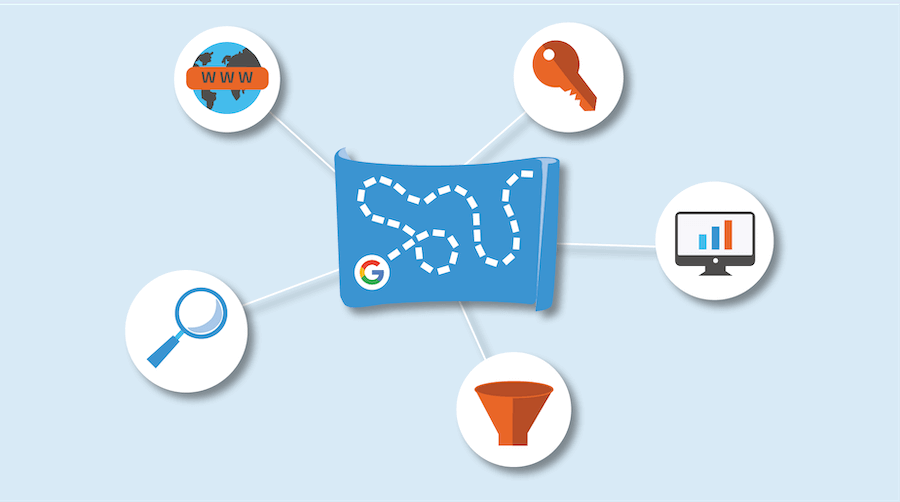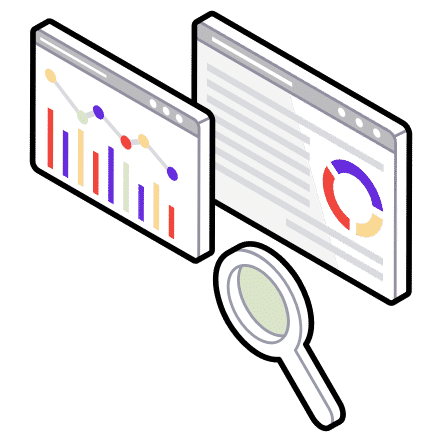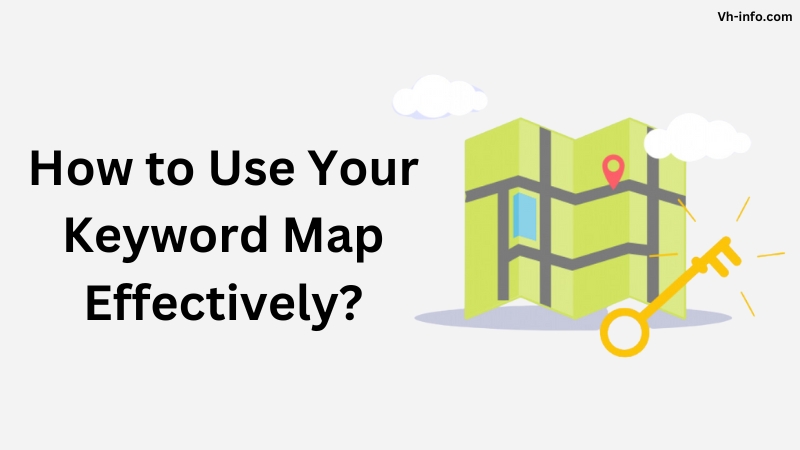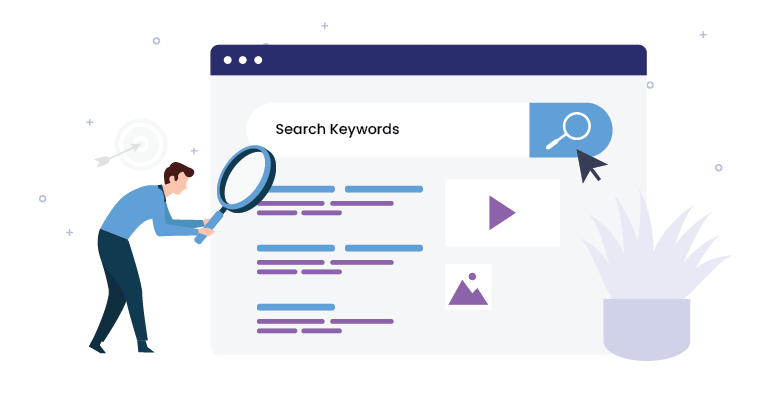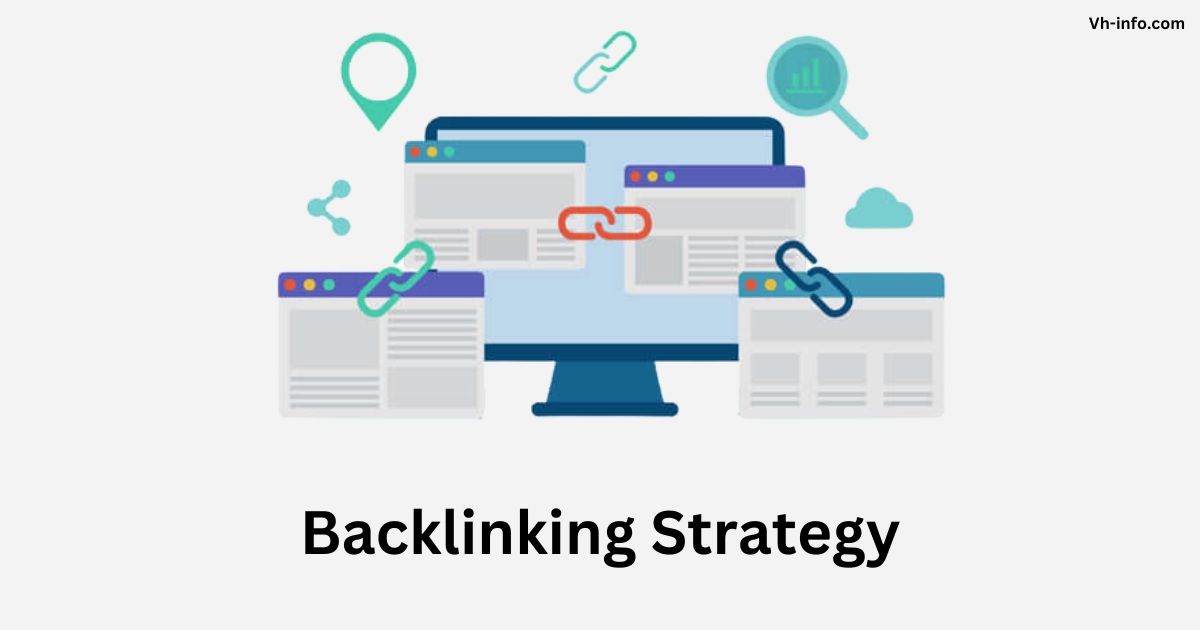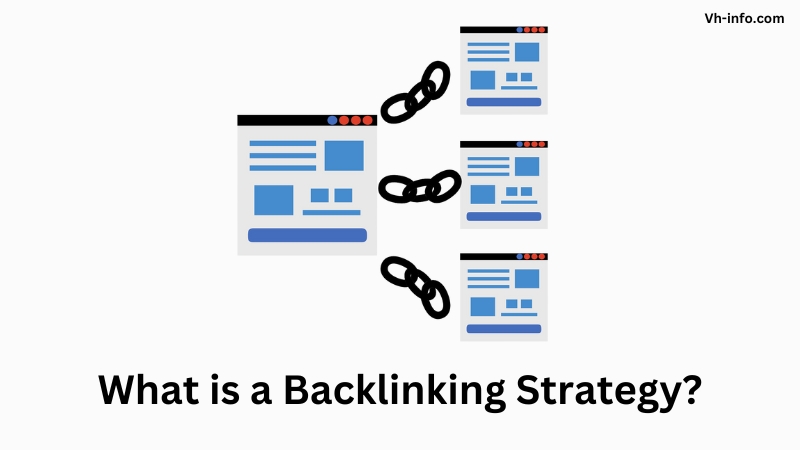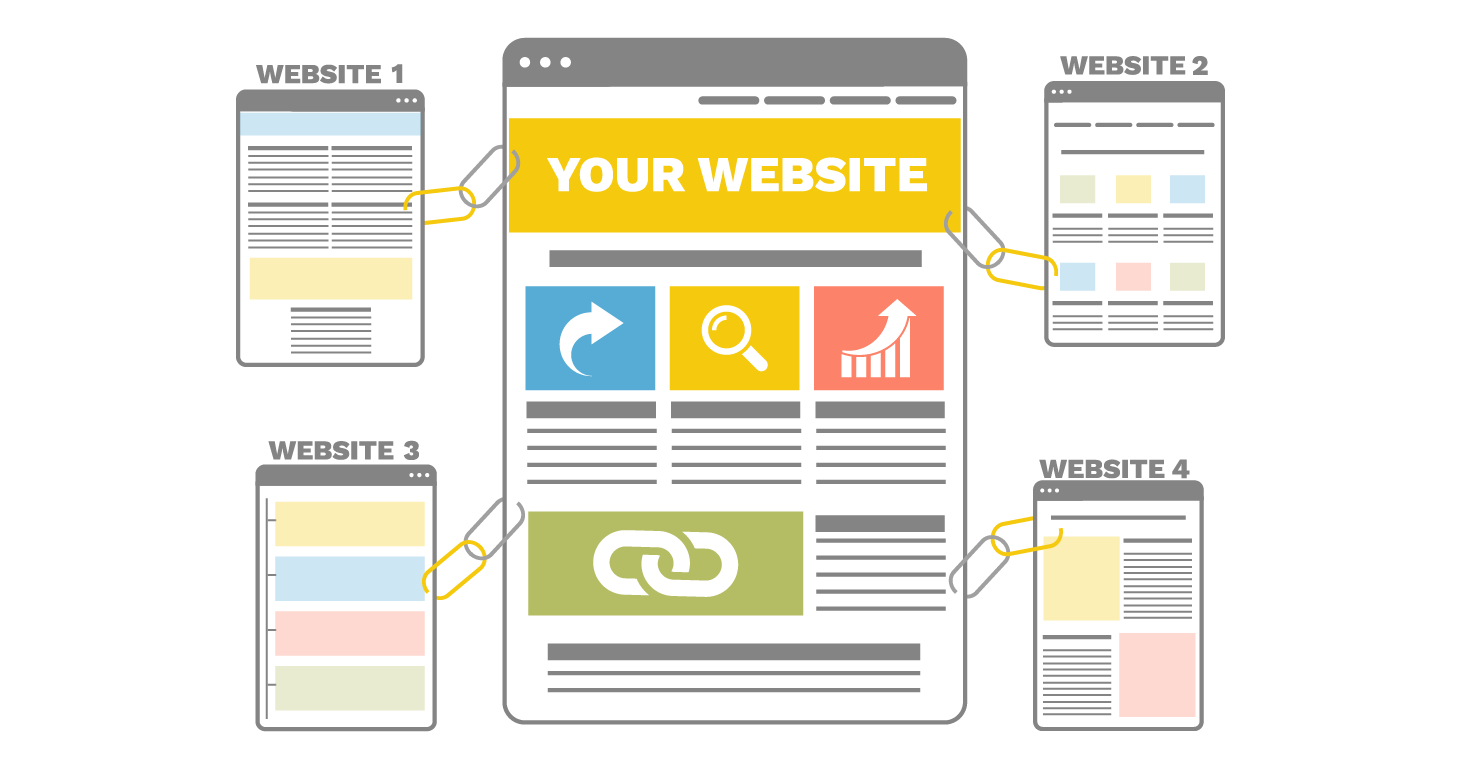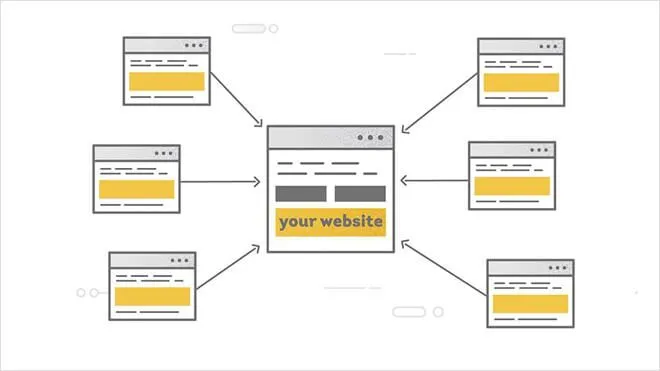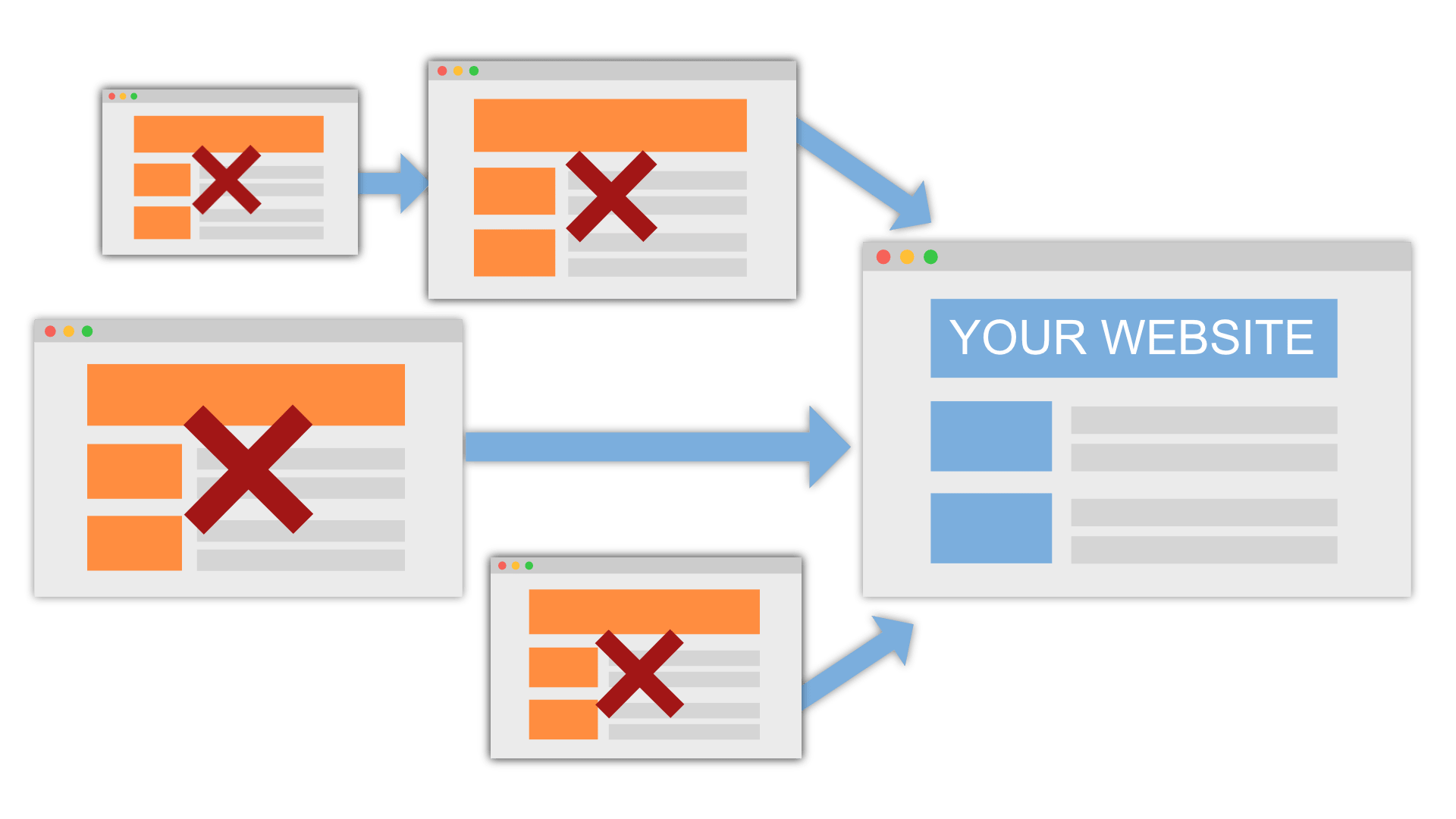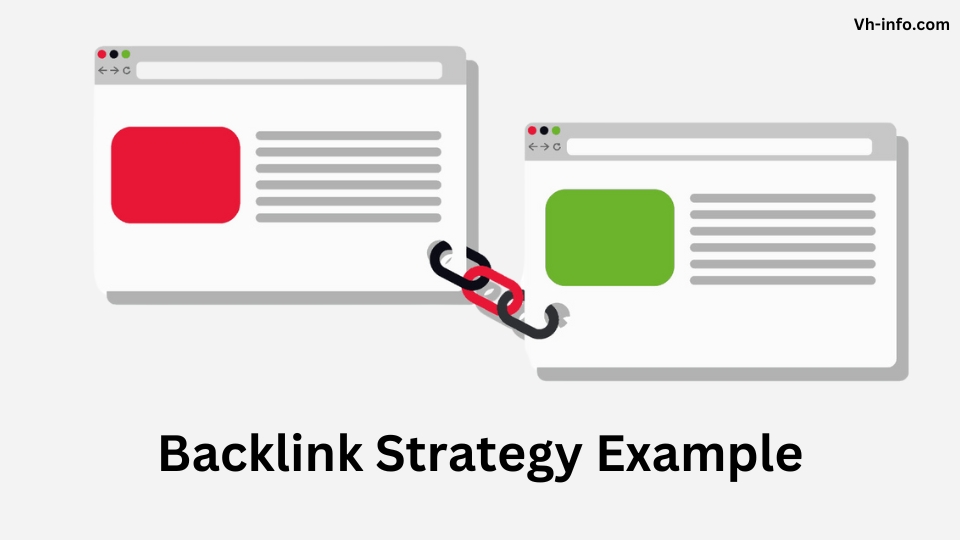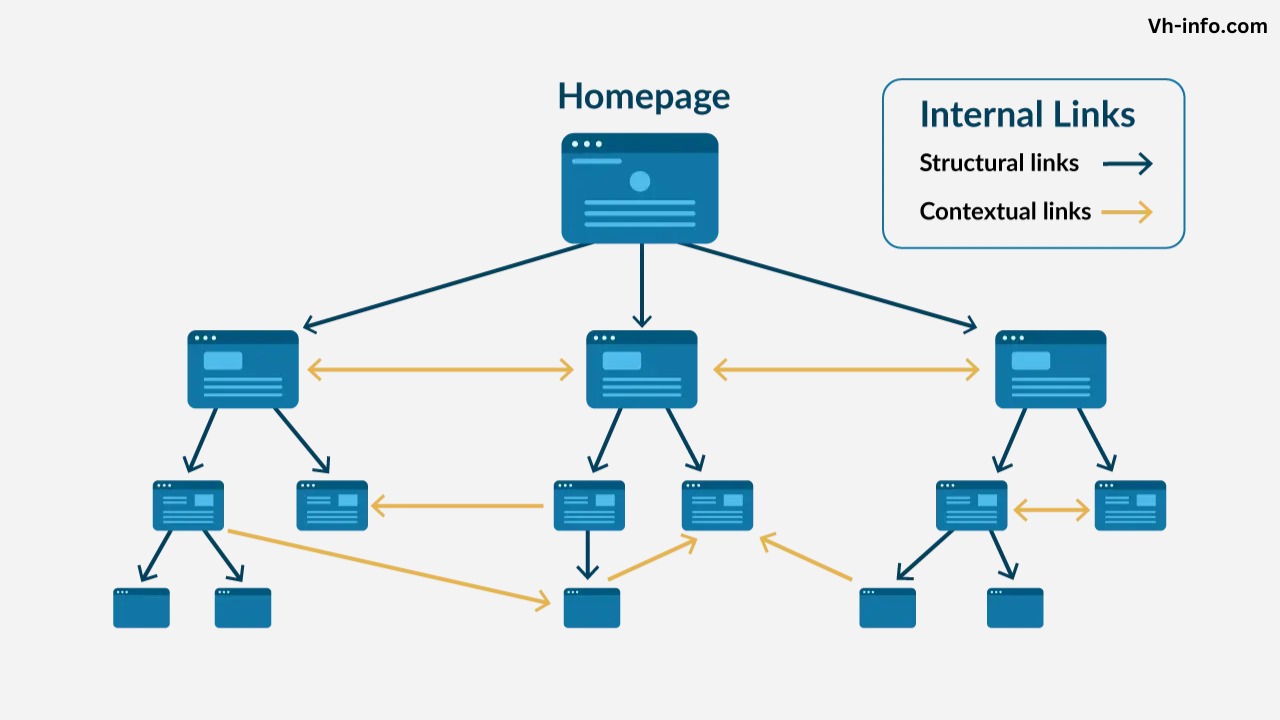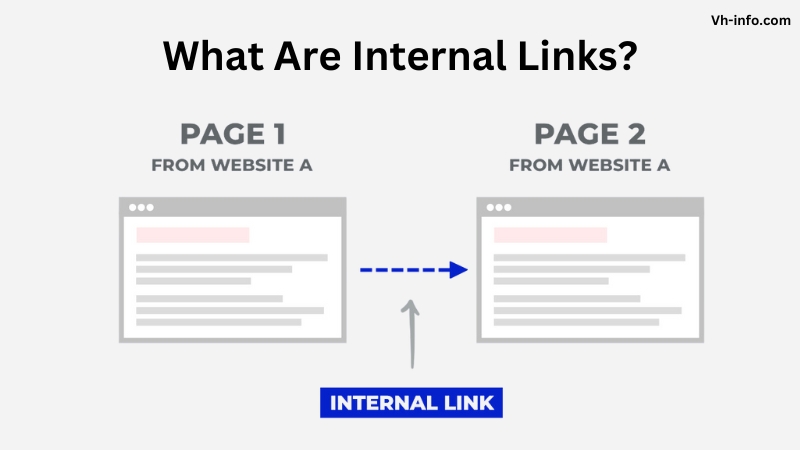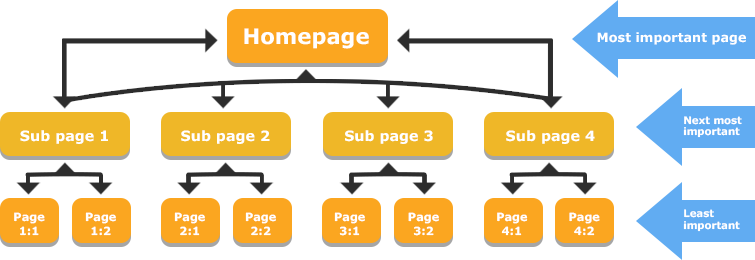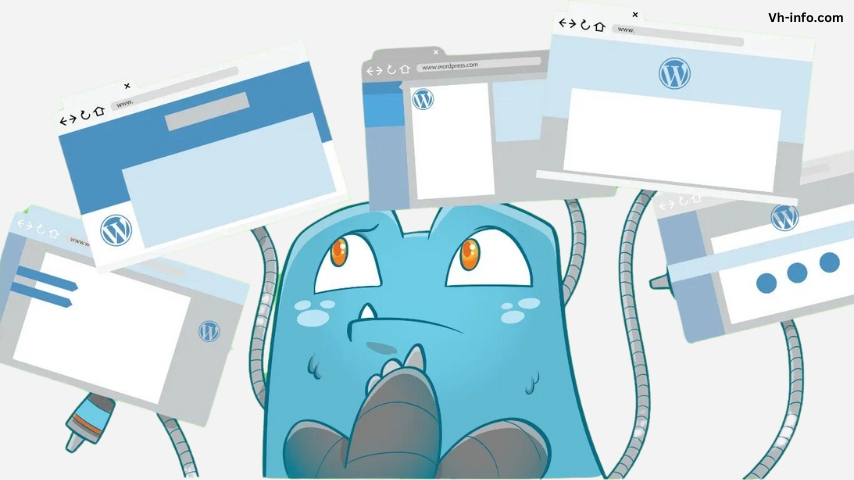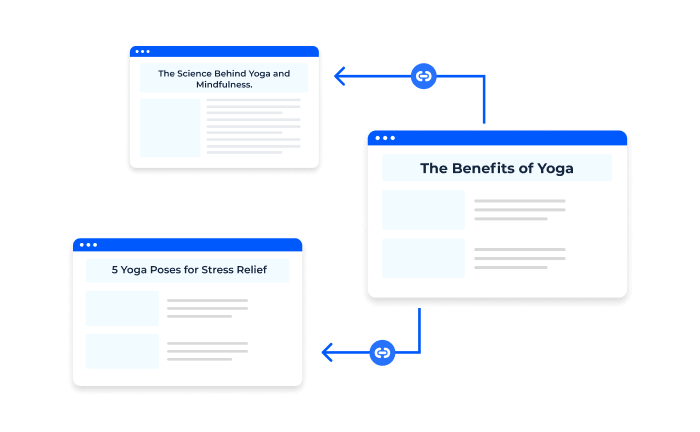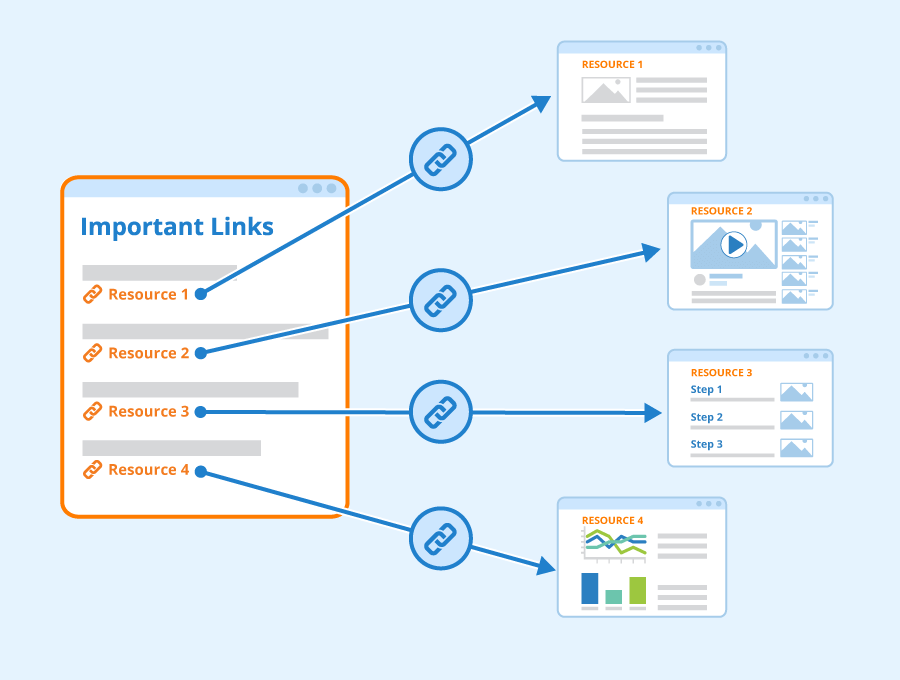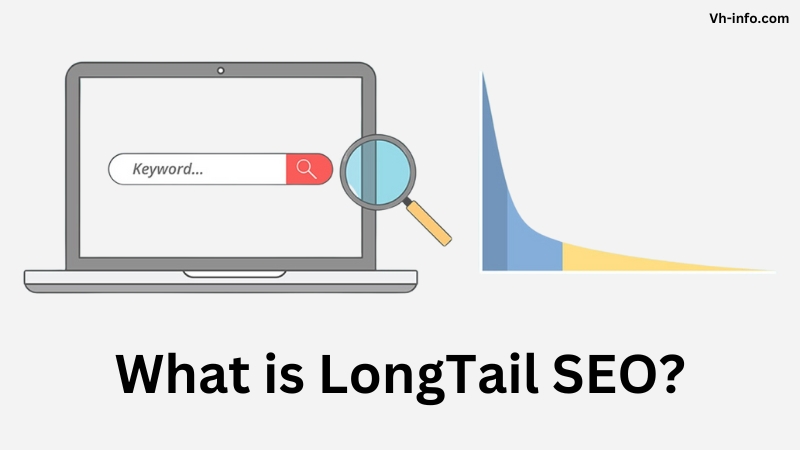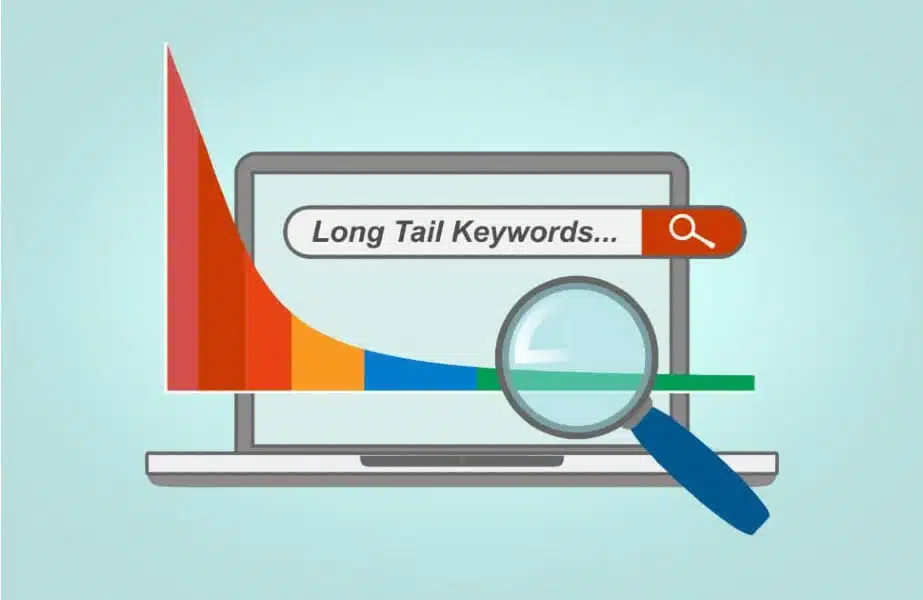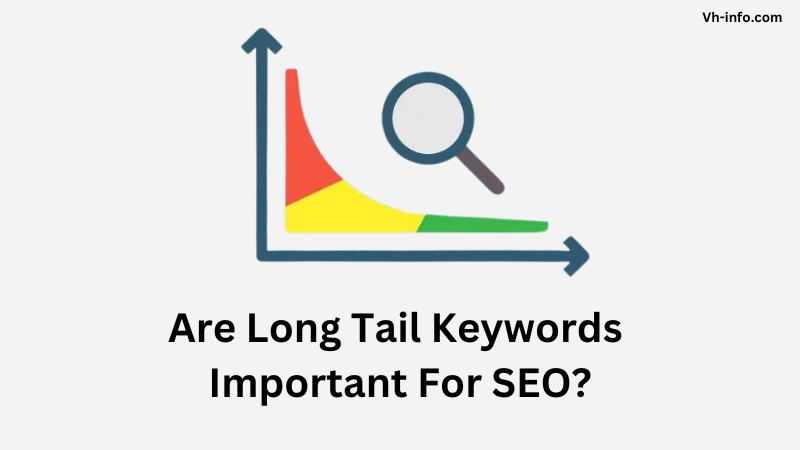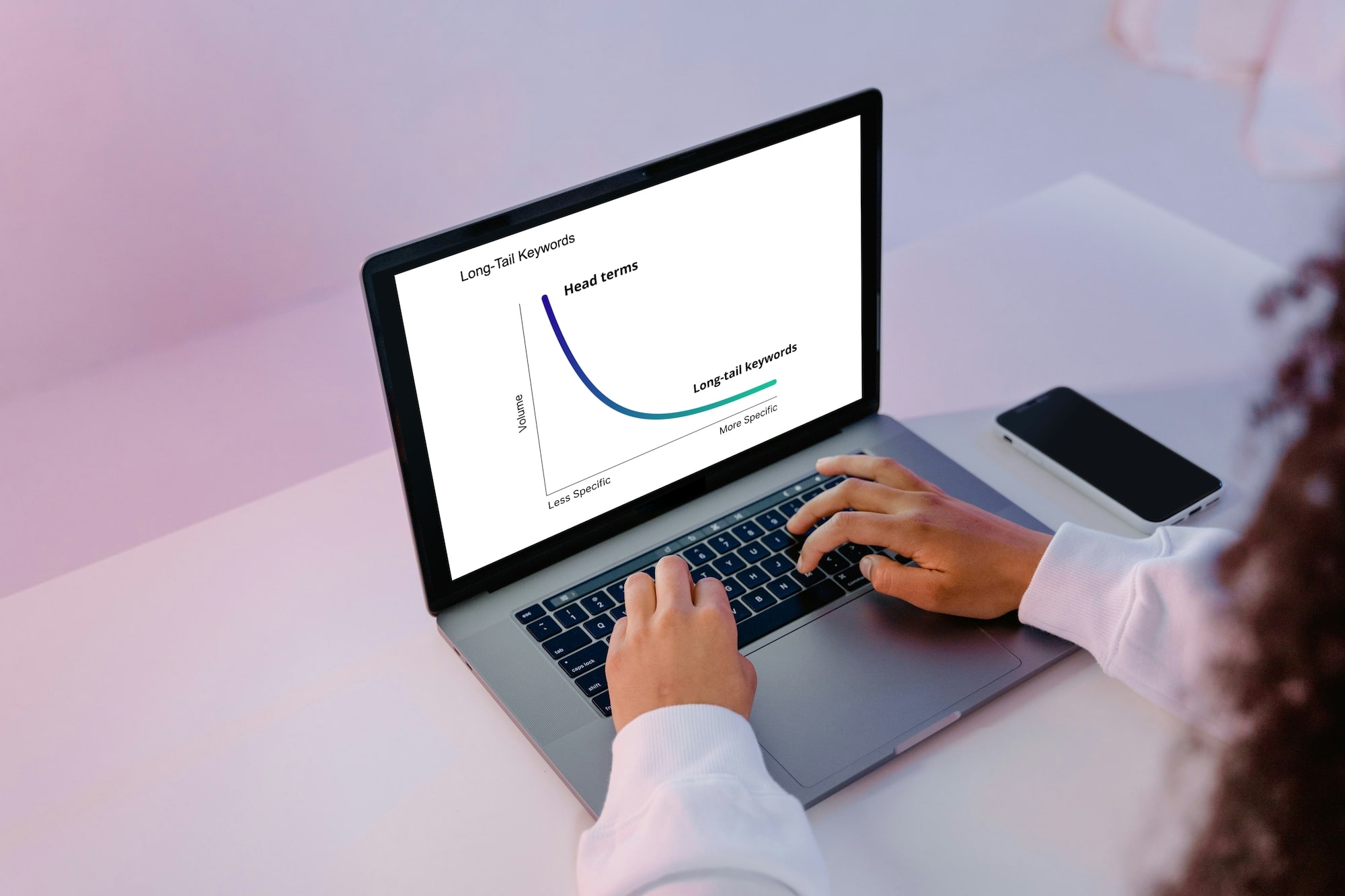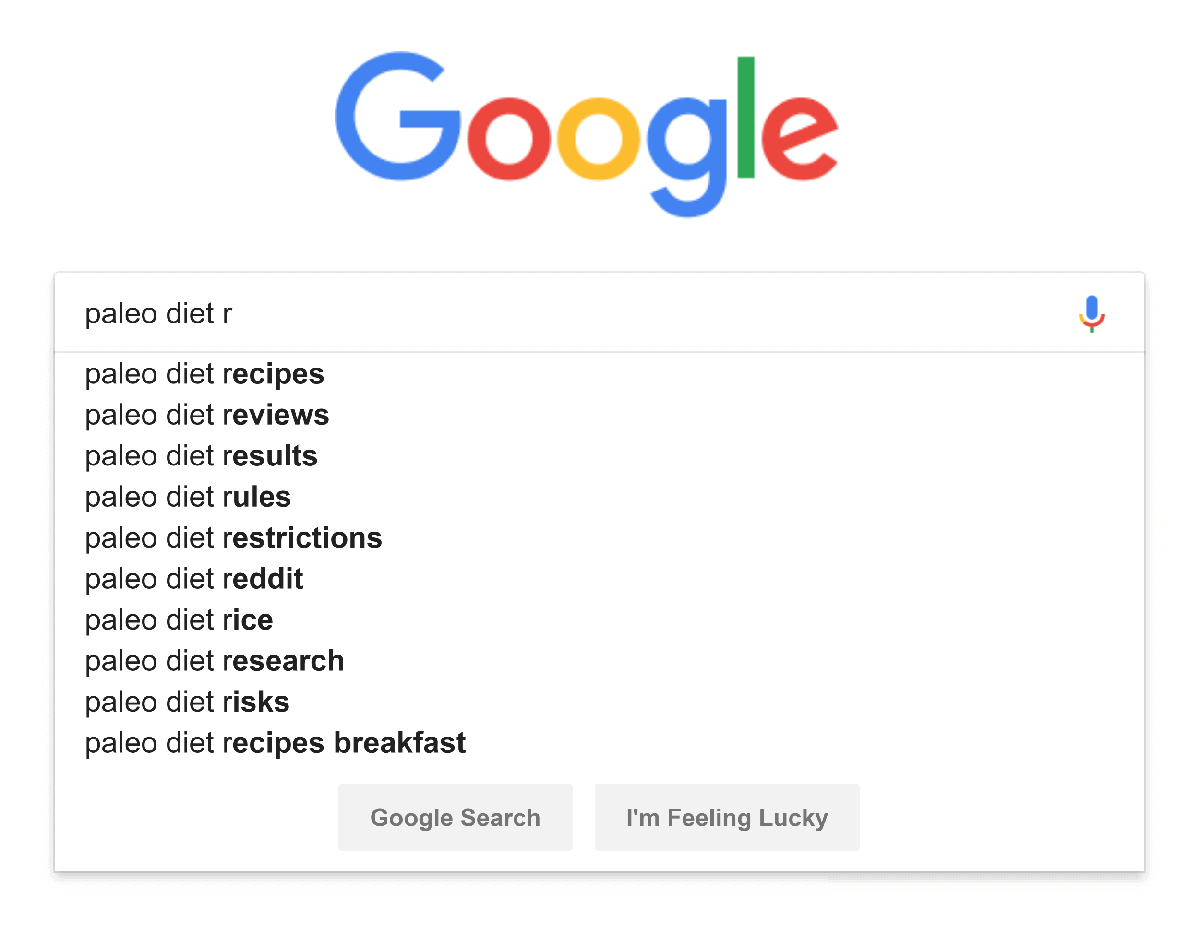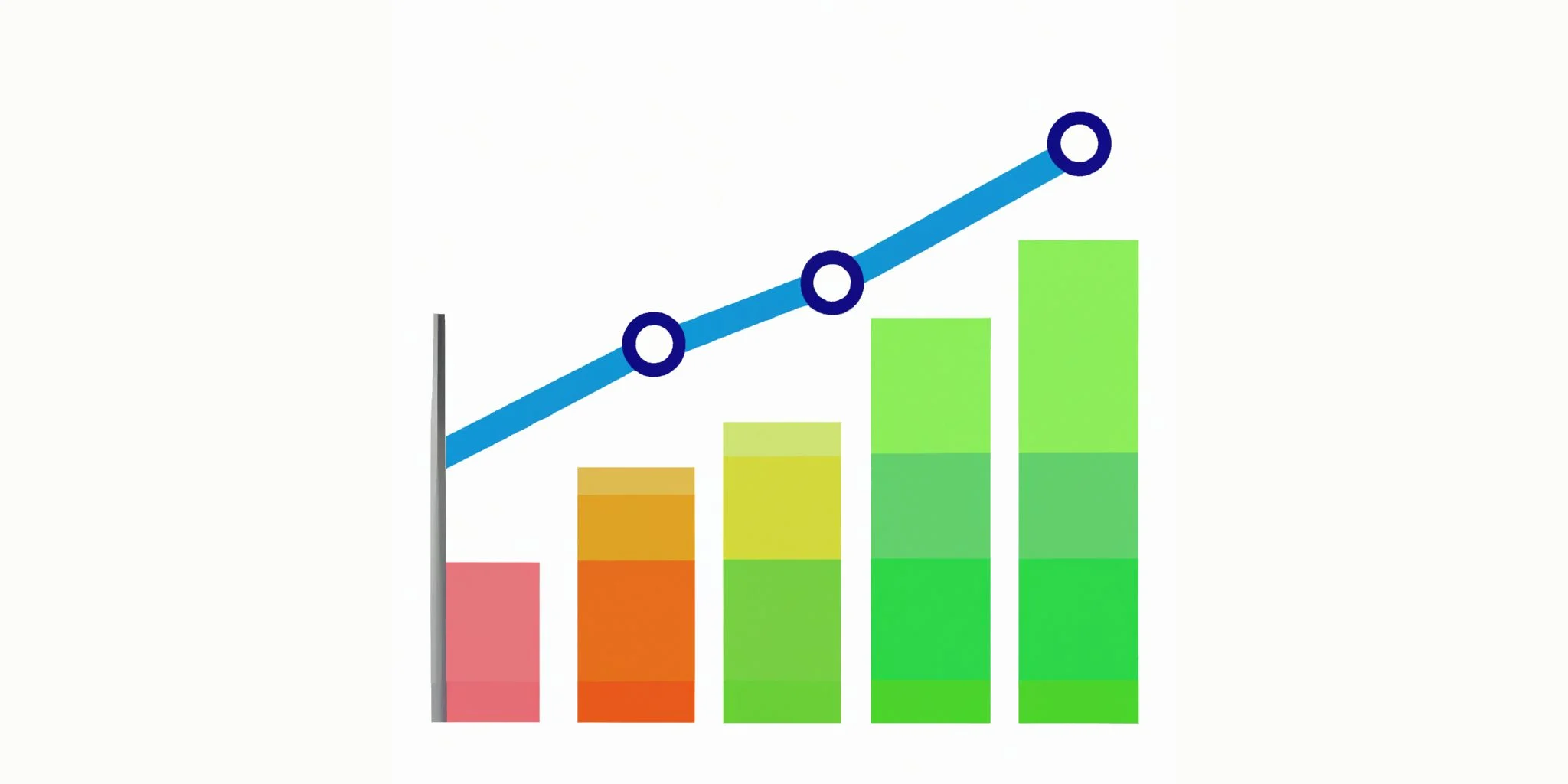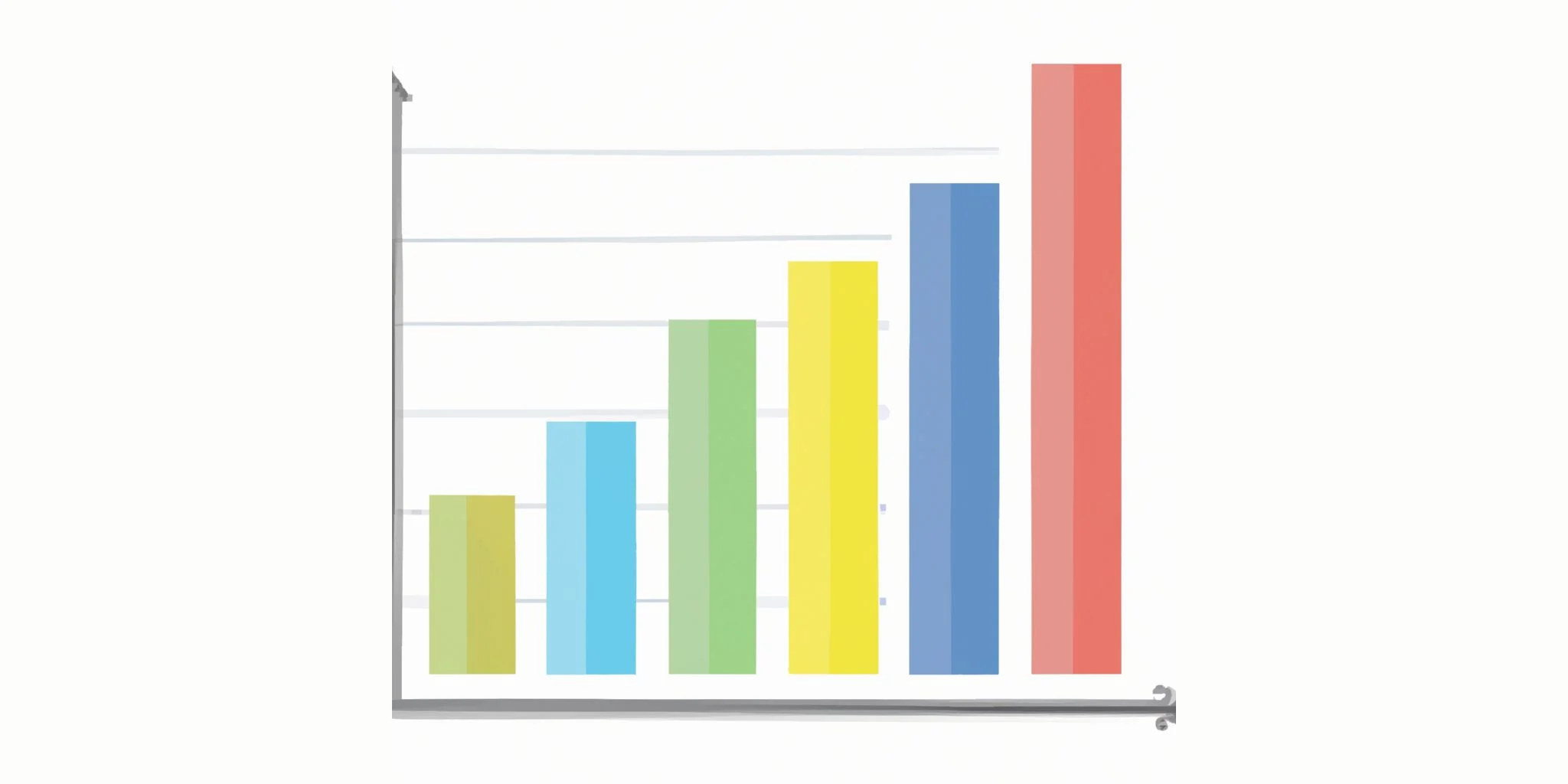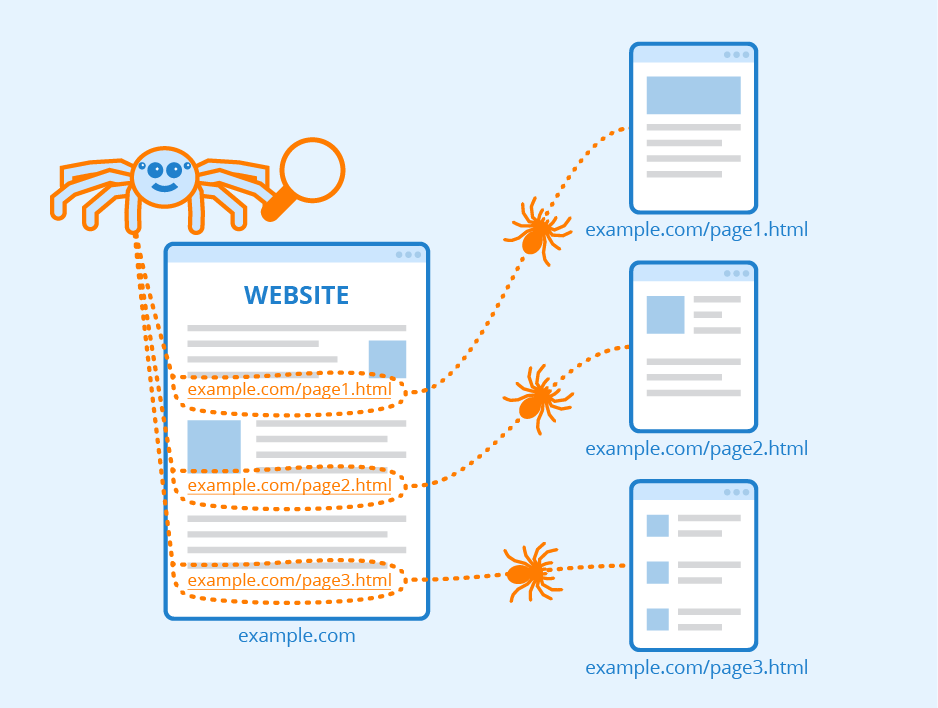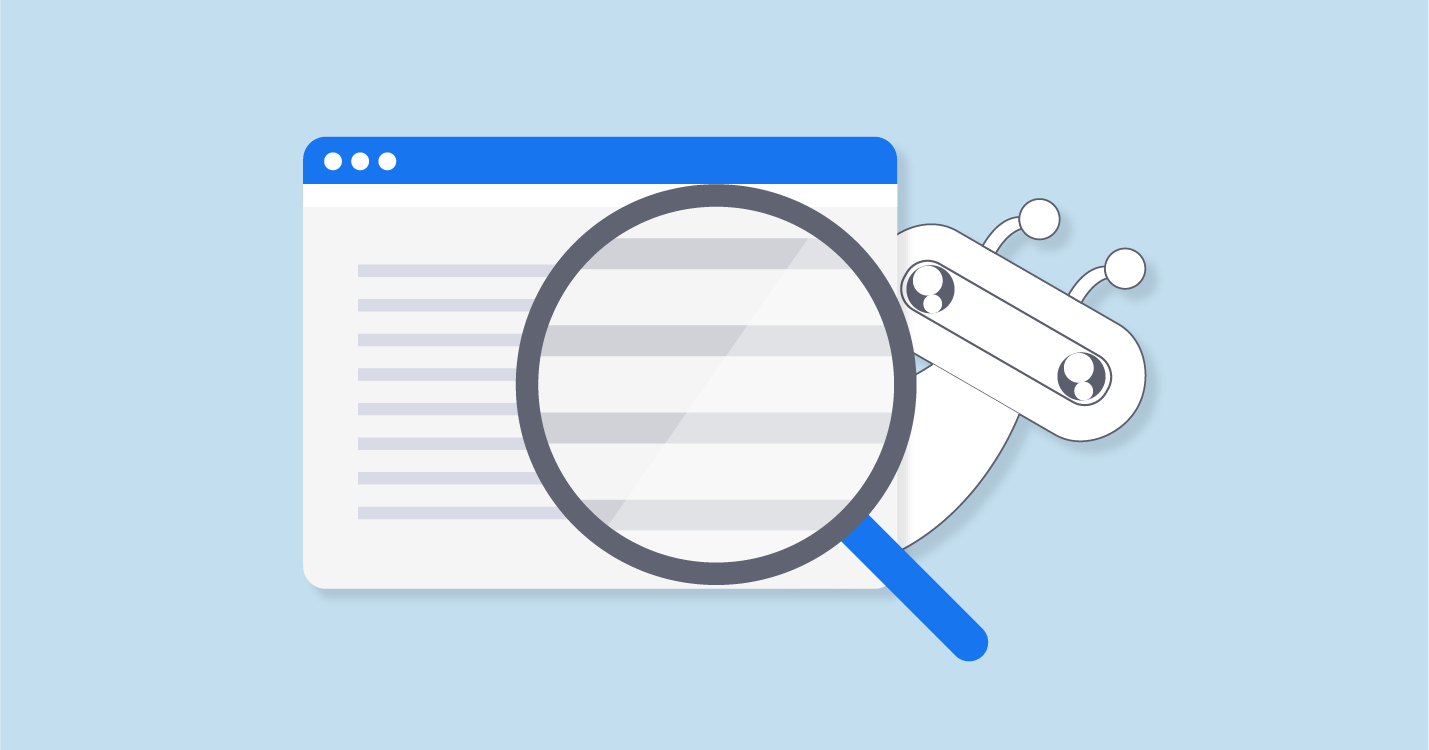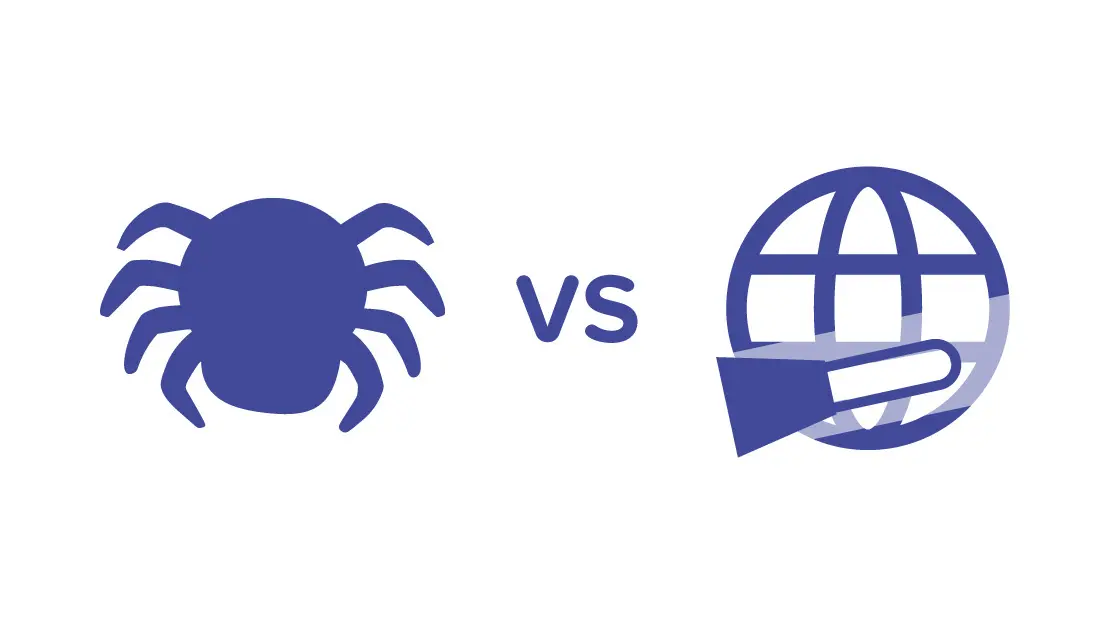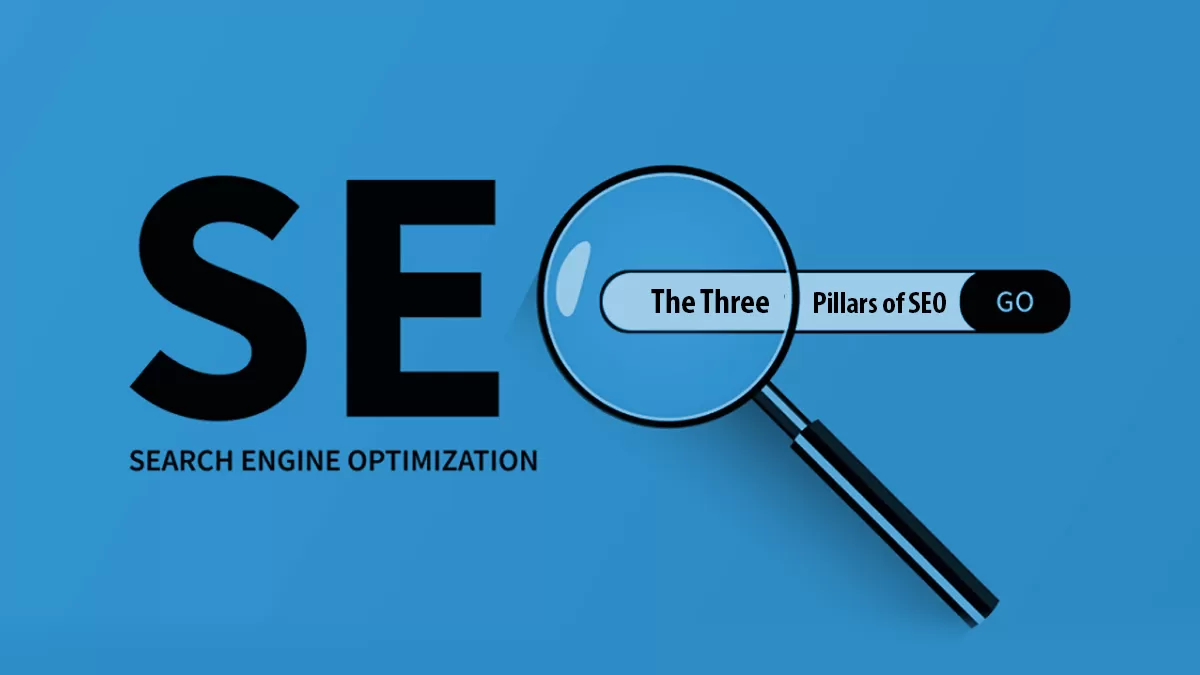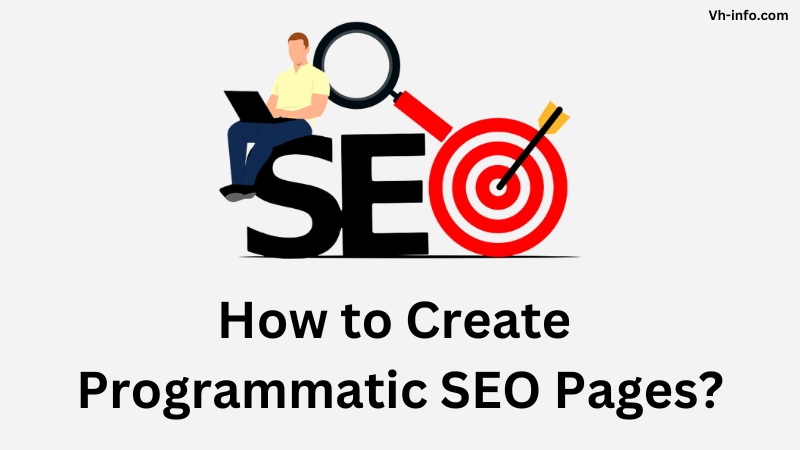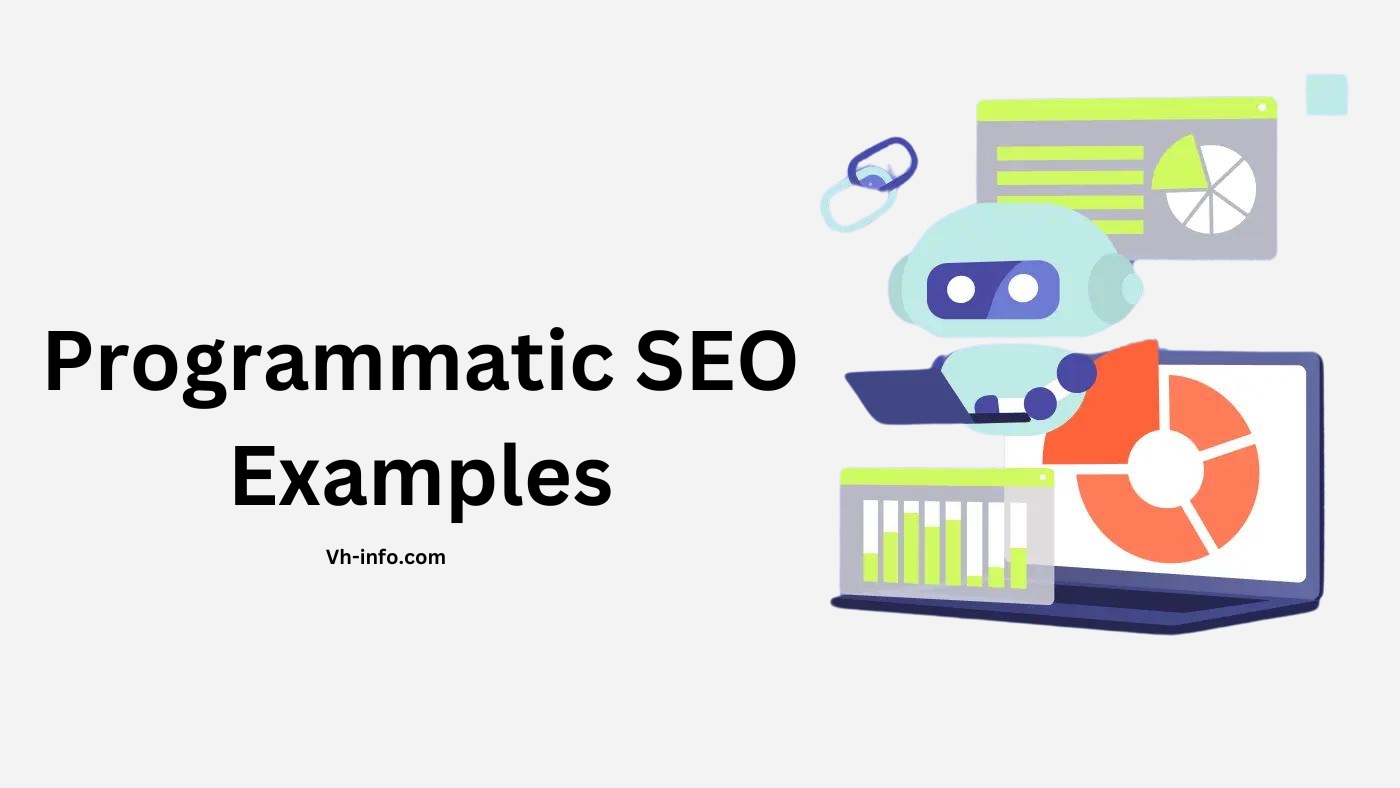As a SaaS company, tracking your backlinks is important for SEO success. Backlinks, also known as inbound links or incoming links, are links from other websites that point to your site. They act as a vote of confidence, signaling to search engines that your content is valuable and trustworthy. The more high-quality backlinks you have, the higher your site will rank in search engine results pages (SERPs).
But simply acquiring backlinks isn’t enough. To truly leverage the power of backlinks for your SaaS SEO strategy, you need to regularly track and analyze them. This allows you to assess the quality of your link profile, identify new backlink building opportunities, and monitor your competitors’ backlink strategies.
In this comprehensive guide, we’ll dive into the best practices for tracking backlinks as a SaaS company. We’ll cover how to use backlink tracking tools, key metrics to monitor and analyze competitors’ backlinks, and strategies to improve your overall link profile.
By the end, you’ll have a clear roadmap for using backlink tracking to supercharge your SaaS SEO performance.
How to Track Backlinks?
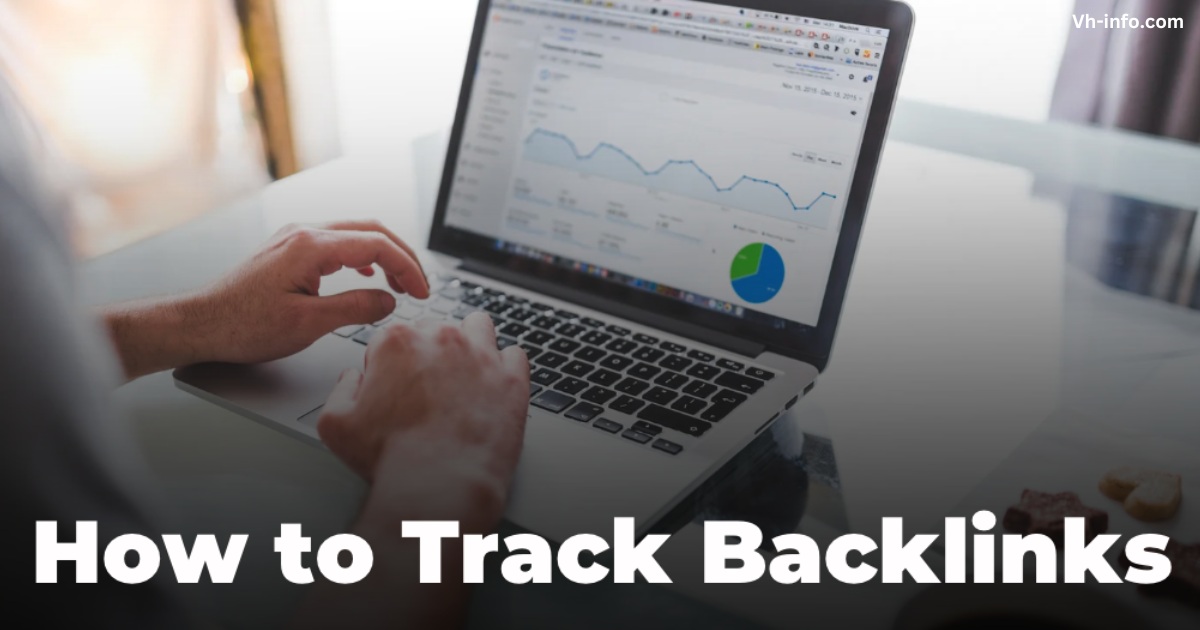
Using Backlink Tracking Tools
![]()
The first step in tracking your backlinks is using a reliable backlink checker tool. These tools crawl the web to find all the links pointing to your site and provide valuable insights into your link profile. Some popular options include:
- Ahrefs: Ahrefs is a comprehensive SEO tool that offers robust backlink tracking capabilities. Its Site Explorer feature allows you to see all the backlinks pointing to your site, as well as key metrics like the number of referring domains, domain rating (DR), referring traffic, external links and anchor text distribution. You can also use Ahrefs to analyze your competitors’ backlinks and find new link opportunities.
- SEMrush: SEMrush is another powerful SEO tool with extensive backlink tracking features. Its Backlink Analytics tool provides an overview of your link profile, including the total number of backlinks, referring domains, and the authority score of linking sites. SEMrush also offers a Backlink Audit tool to help you identify and disavow toxic backlinks.
- Moz: Moz’s Link Explorer is a user-friendly backlink tracking tool that provides insights into your link profile and helps you find link-building opportunities. It shows metrics like domain authority (DA), page authority (PA), and spam score to help you assess the quality of your backlinks. Moz also offers a free version of its tool with limited features.
- Majestic: Majestic is a dedicated backlink tracking tool known for its large link index. Its Site Explorer tool allows you to analyze your backlink profile in-depth, with metrics like Trust Flow and Citation Flow to gauge the quality and quantity of your links. Majestic also offers a unique Neighborhood Checker feature to see the backlink profiles of sites linking to you.
You can also use a free backlink checker tool like Ubersuggest or Google Search Console, but it won’t provide you with as comprehensive and indepth insights into your competitor’s backlinks and other backlink analysis.
Metrics to Monitor

When tracking your backlinks, there are several key metrics to monitor. These include:
- Referring Domains: The number of unique domains linking to your site. Generally, it’s better to have a diverse range of high-quality referring domains rather than many links from a single domain.
- Domain Authority/Rating: A score that predicts how well a site will rank in search results, based on the quantity and quality of its backlinks. The higher your linking sites’ DA/DR, the more valuable those links are for your SEO.
- Anchor Text: The clickable text used for a link. Tracking your anchor text distribution helps ensure a natural mix and avoid over-optimization, which can trigger Google penalties.
- Link Type (Dofollow/Nofollow): Whether a link is dofollow (passes link equity) or nofollow (doesn’t pass link equity). While dofollow links are more valuable for SEO, a natural link profile should have a mix of both.
Analyzing Competitors’ Backlinks
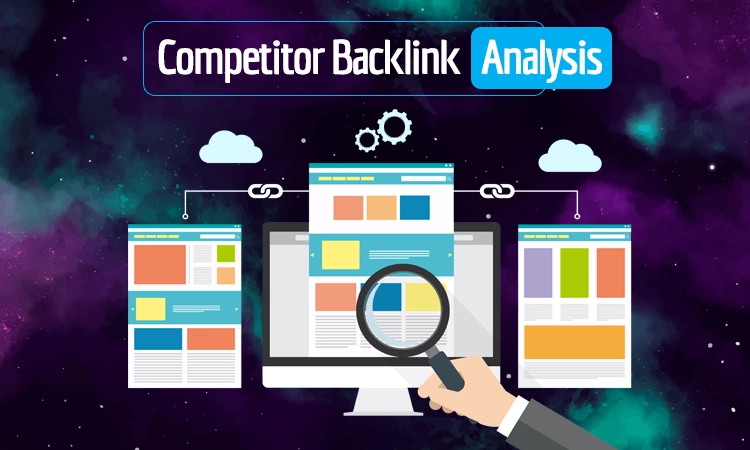
In addition to tracking your backlinks, analyzing your competitors’ link profiles can provide valuable insights for your SaaS link-building strategy. By seeing where your competitors are getting their links, you can:
- Find Link Opportunities: Identify websites in your niche that are linking to your competitors but not yet to you. These could be potential targets for your link building outreach.
- Compare Link Profiles: Benchmark your backlink profile against your competitors to see where you stand and identify areas for improvement. Look at metrics like the number of referring domains, DA/DR distribution, and anchor text mix.
Importance of Tracking Backlinks
![]()
Beyond helping you build more high-quality links, tracking your backlinks is important for several reasons:
- Assess Link Quality: Not all backlinks are created equal. By regularly monitoring your link profile, you can assess the quality of your backlinks and identify any low-quality or spammy links that could hurt your SEO. Tools like Ahrefs and SEMrush provide metrics like domain rating and spam score to help you gauge link quality.
- Understand Your Link Profile: Tracking your backlinks gives you a clear picture of your overall link profile, including the total number of backlinks, referring domains, anchor text distribution, and more. This helps you understand your current SEO status and identify areas for improvement. Of course, a new york times backlink will be more valuable for improving your website’s SEO over a random specific domain.
- Detect Negative SEO Attacks: In some cases, competitors may try to sabotage your SEO by building spammy links to your site. Make sure to regularly monitor your backlink profile. Doing so can help you quickly detect any suspicious new links and take action to disavow them before they harm your search engine rankings.
Types of Backlinks and Their Significance
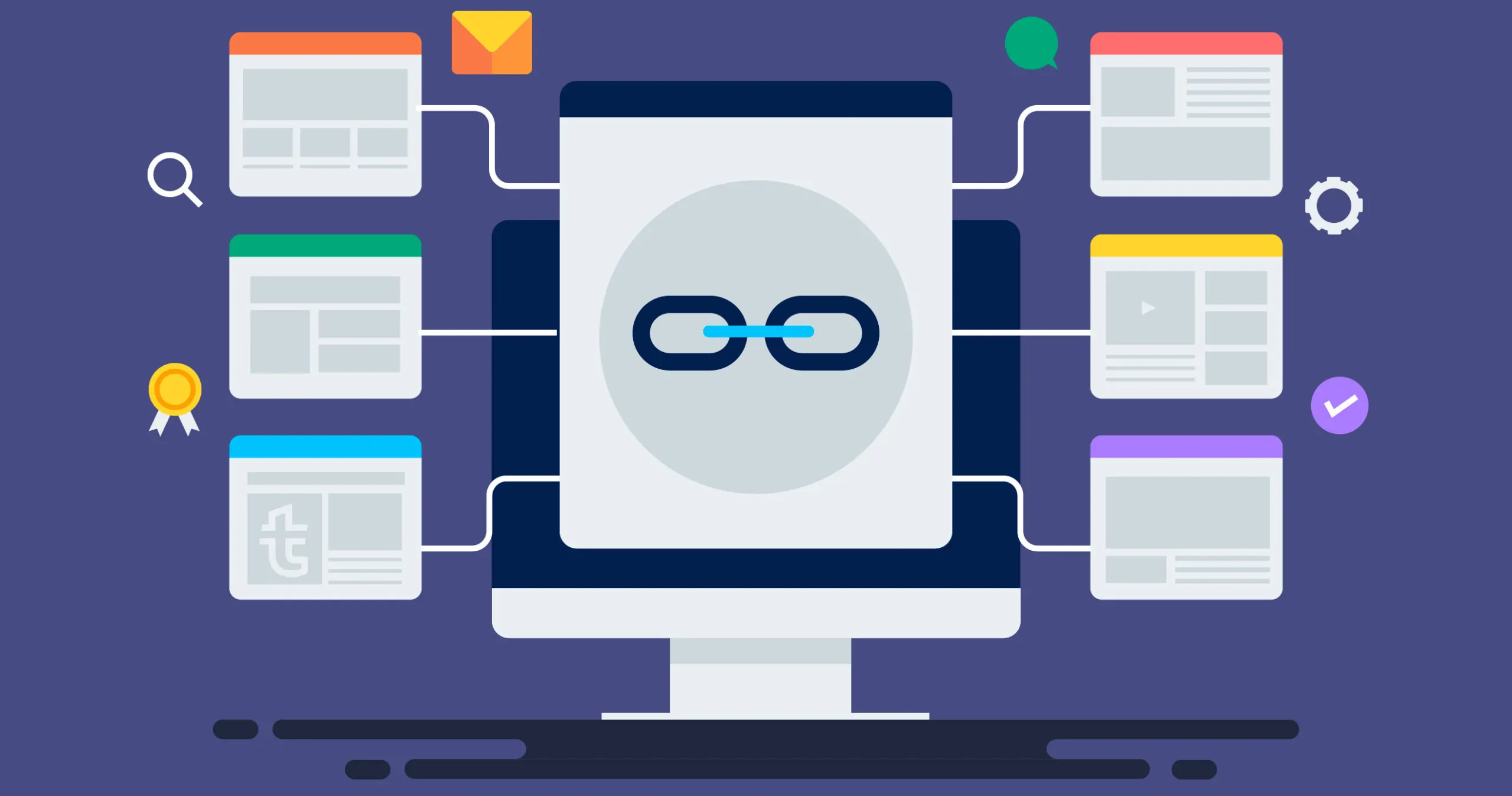
When tracking your backlinks, it’s important to understand the different types and their significance for your SaaS SEO:
- Dofollow vs Nofollow Links: Dofollow links pass “link juice” and directly impact your search rankings, while nofollow links don’t pass SEO value. However, a natural link profile should have a mix of both. Too many dofollow links can look suspicious to Google.
- Natural vs Unnatural Links: Natural links are earned organically when other sites choose to link to your content. Unnatural links are artificially created, often through link schemes or low-quality tactics. Focus on building natural links, as unnatural links can lead to Google penalties.
Strategies to Improve Your Backlink Profile
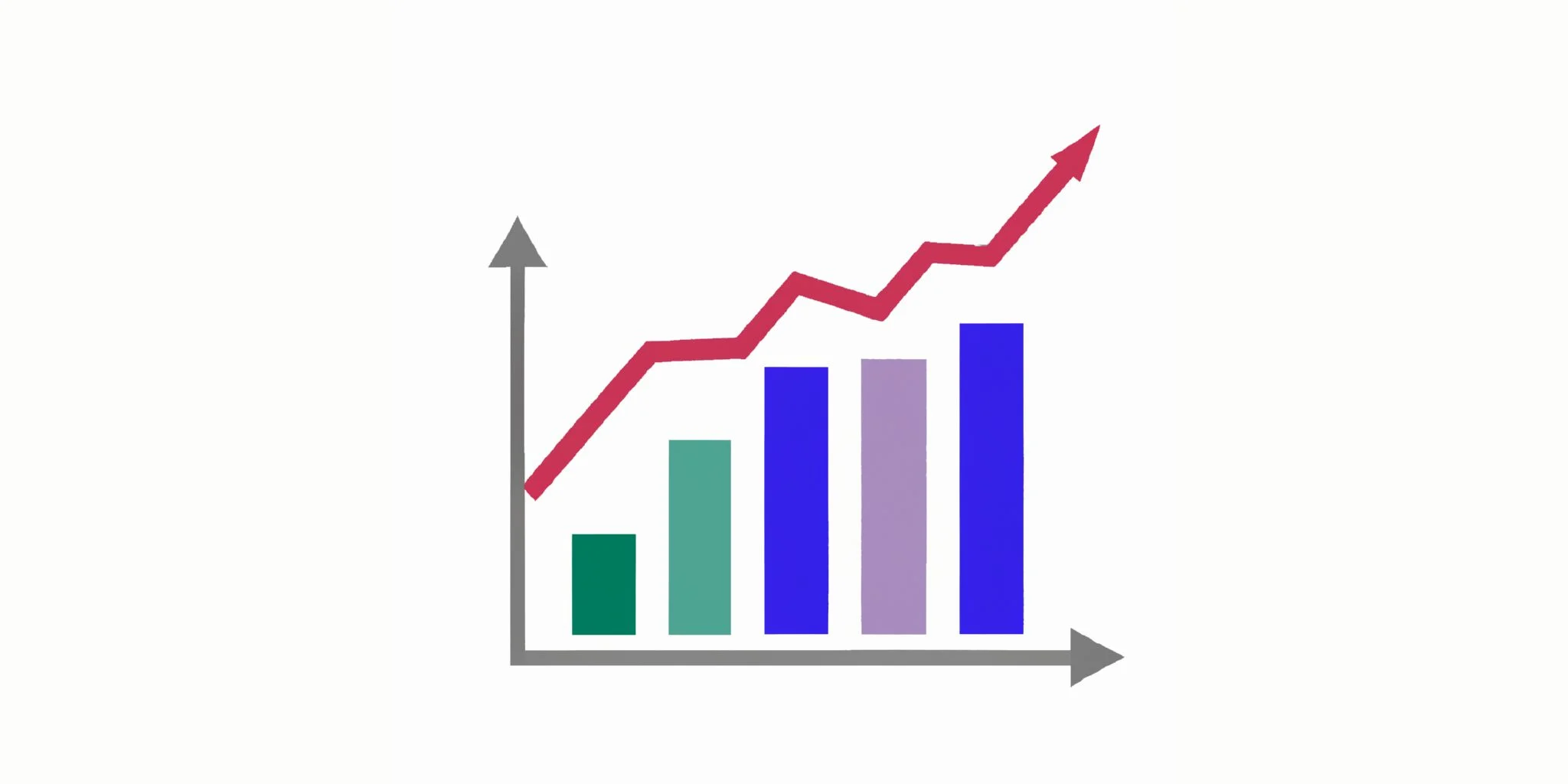
Once you’ve analyzed your backlink profile, use these strategies to improve it:
- Conduct a Backlink Audit: Use tools like SEMrush or Ahrefs to conduct a thorough audit of your existing backlinks. Identify any low-quality, spammy, or irrelevant links that could be dragging down your SEO.
- Pursue High-Quality Links: Focus your link building efforts on acquiring links from high-authority, relevant websites in your industry. These links will have the biggest impact on your search rankings.
- Diversify Your Link Sources: Aim for a diverse mix of link sources, including guest posts, directory listings, press mentions, and more. Avoid relying too heavily on any one source.
- Disavow Spammy Links: If you find any spammy or low-quality links pointing to your site, use Google’s Disavow Tool to tell Google to ignore them. This can help protect your site from negative SEO attacks.
- Reclaim Lost Links: Use your backlink tracking tool to identify any valuable links you’ve lost over time. Reach out to the linking site to see if you can reclaim the link, either by updating the content or providing a new resource.
FAQ’s:
How Often Should You Check Your Backlink Profile?
Aim to check your backlink profile at least once a month to stay on top of any new links and identify potential issues early.
Can I Track My Competitors’ Backlinks?
Yes, tools like Ahrefs and SEMrush allow you to analyze your competitors’ backlink profiles to find link opportunities and compare your performance.
How Can Tracking Backlinks Help Improve SEO Performance?
Tracking backlinks allows you to assess the quality of your link profile, find new link opportunities, and identify any potential issues that could hurt your rankings. This helps you optimize your link building strategy for better SEO results.
How Many Backlinks Do You Need to Rank Well?
There’s no magic number of backlinks needed to rank well. It’s more about the quality and relevance of your links than the sheer quantity. Focus on building a diverse portfolio of high-quality links over time.
What Types of Backlinks Should I Avoid?
Avoid backlinks from low-quality, spammy, or irrelevant websites. These can hurt your SEO performance and even lead to Google penalties. Stick to building natural, high-quality links from reputable sources.
How Do You Identify and Deal With Toxic Backlinks?
Use a backlink tracking tool to identify any suspicious or low-quality links pointing to your site. If you find toxic backlinks, use Google’s Disavow Tool to tell Google to ignore them and protect your site from negative SEO.
Conclusion
Tracking backlinks is an essential part of any successful SaaS SEO strategy. Keeping an eye on your backlinks, checking out what your competitors are doing, and going after good quality links can really boost your search engine rankings and bring more organic traffic and visibility to your site in the long run.
Use the strategies and tools outlined in this guide to take control of your backlink tracking and optimize your SaaS link-building efforts. With a strong, diverse portfolio of high-quality backlinks, you’ll be well on your way to SaaS SEO success.
At VH-info, we specialize in helping SaaS companies like yours build authoritative link profiles that drive real results. Our expert team can guide you through the entire link-building process, from initial analysis to ongoing tracking and optimization. Contact us today to learn more about our SaaS link building services and how we can help take your SEO to the next level.
